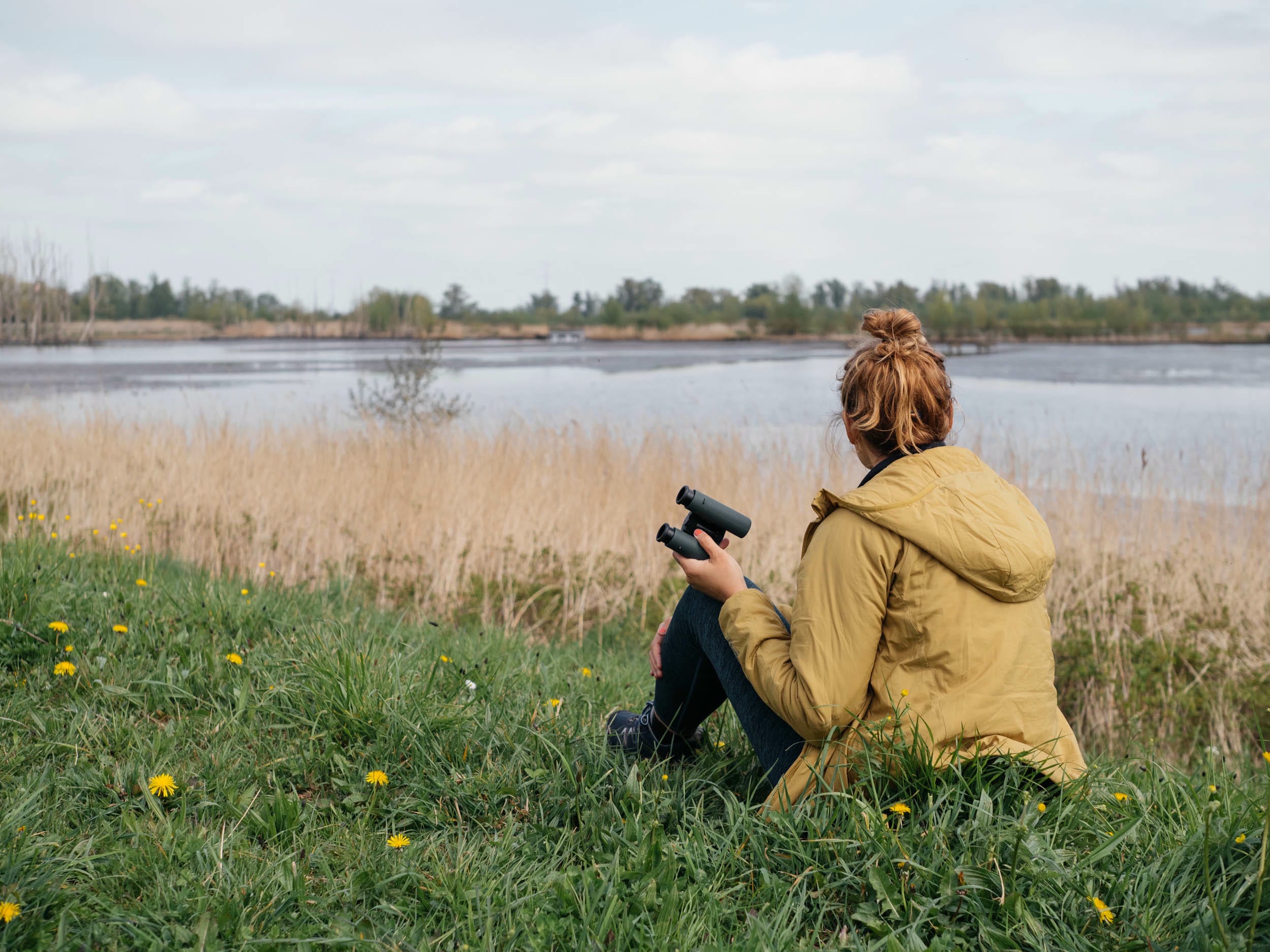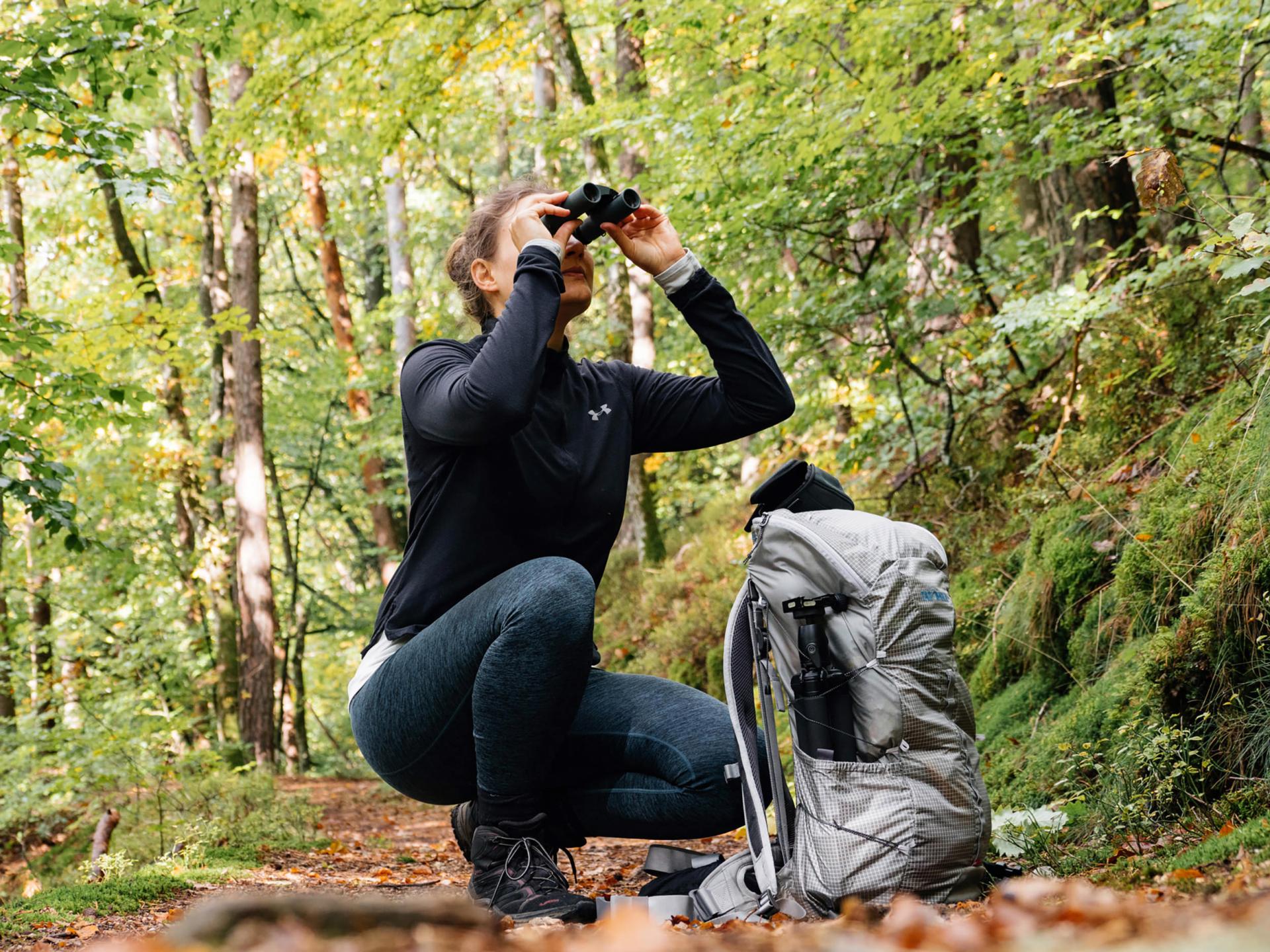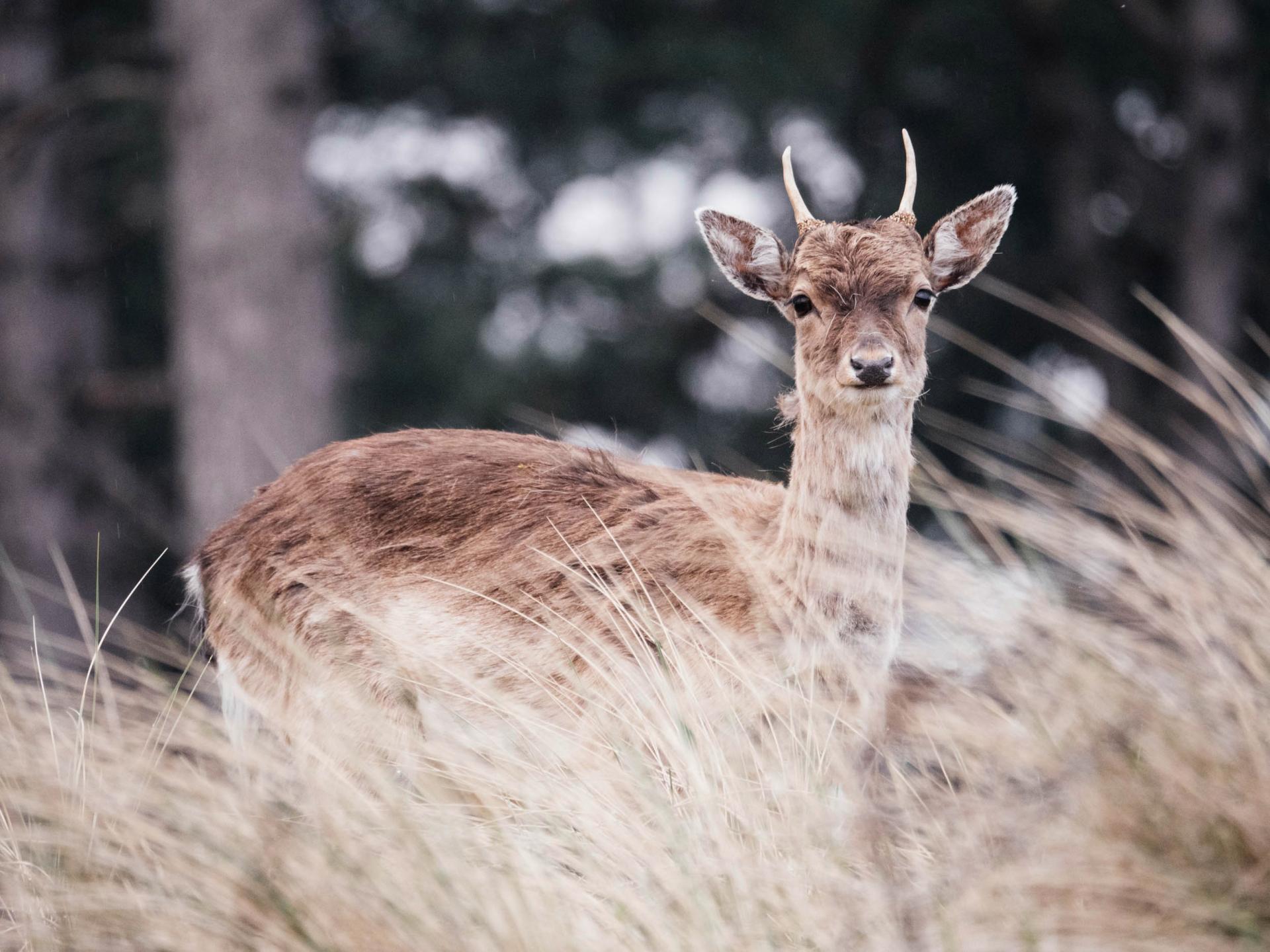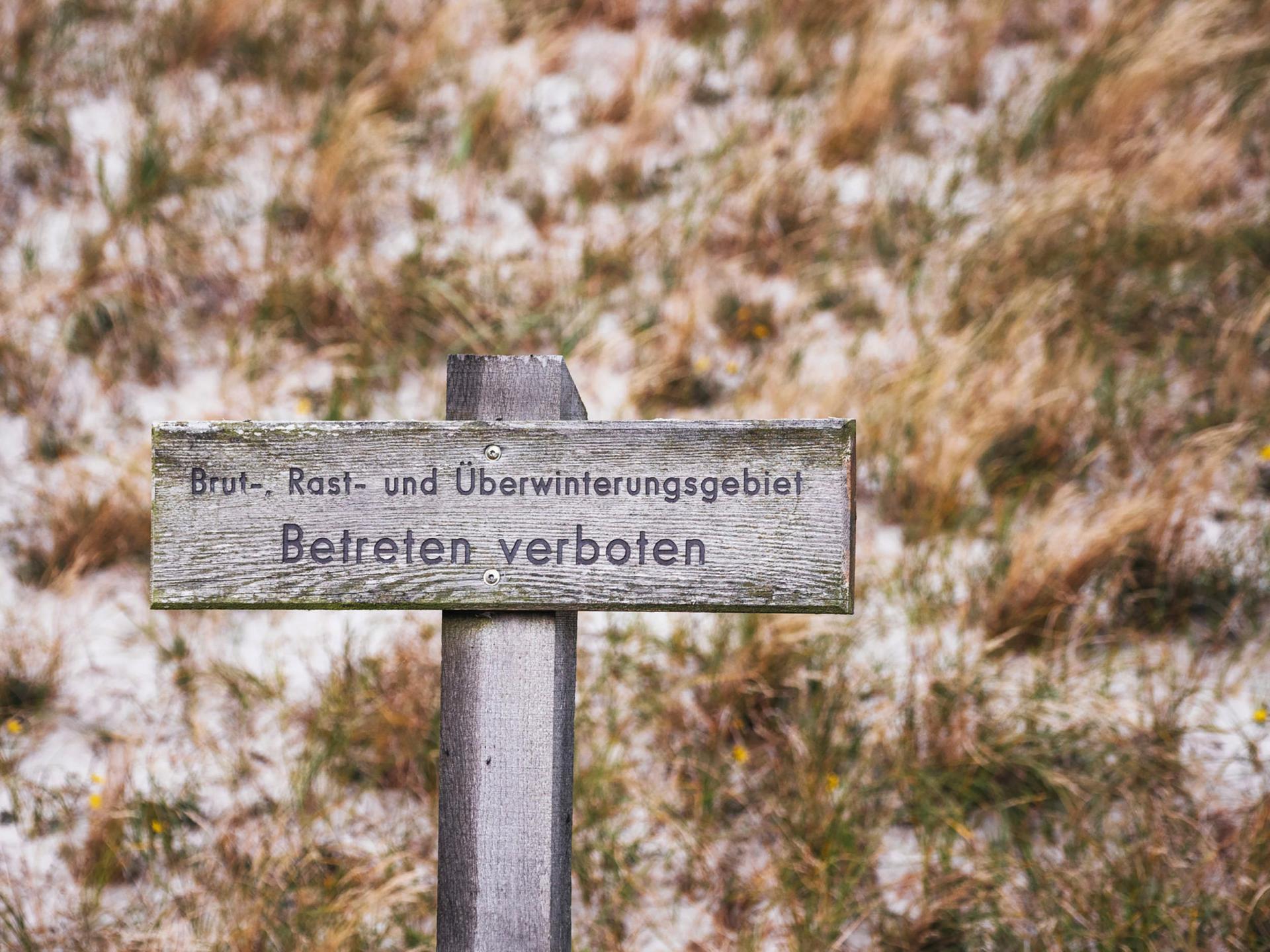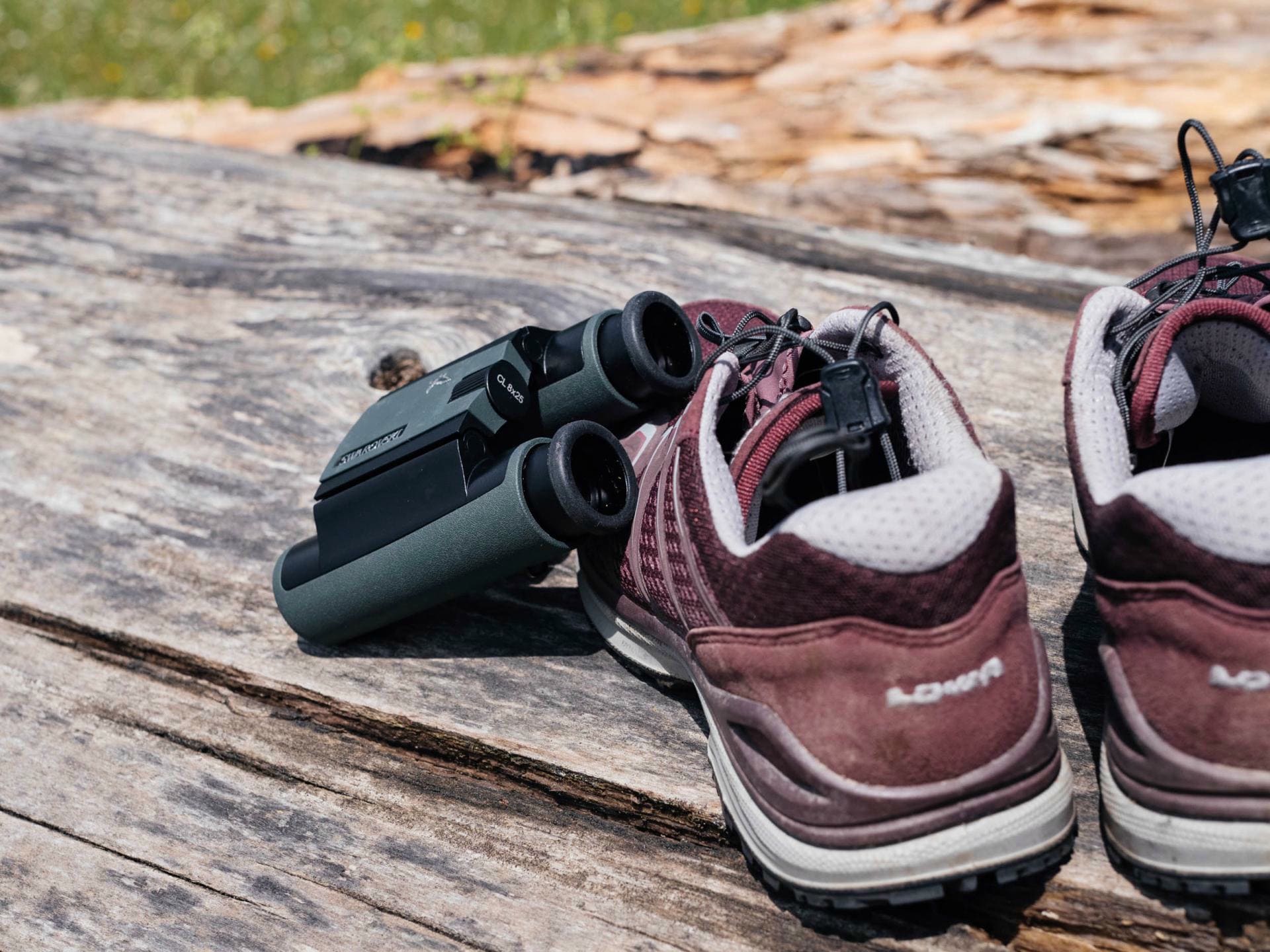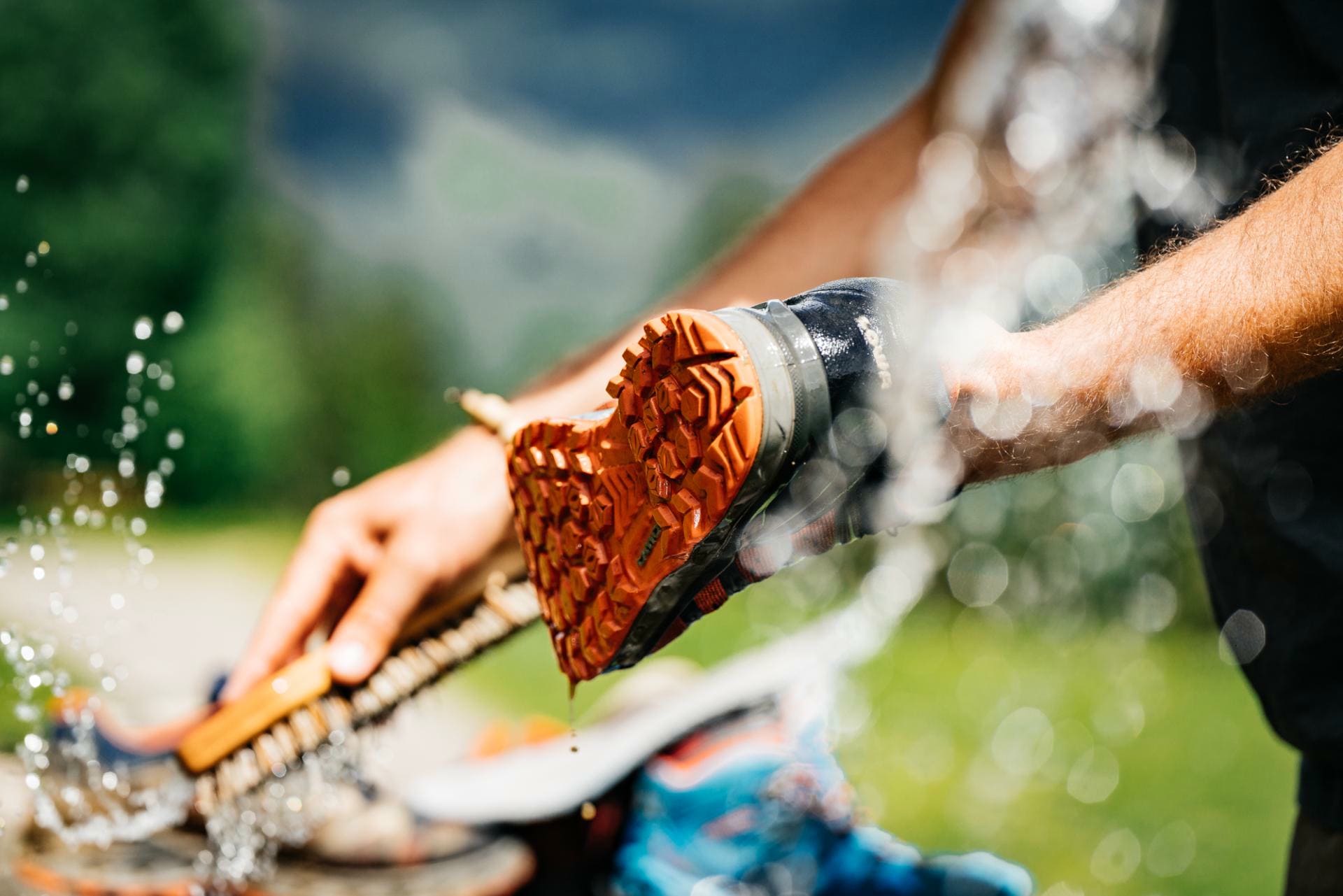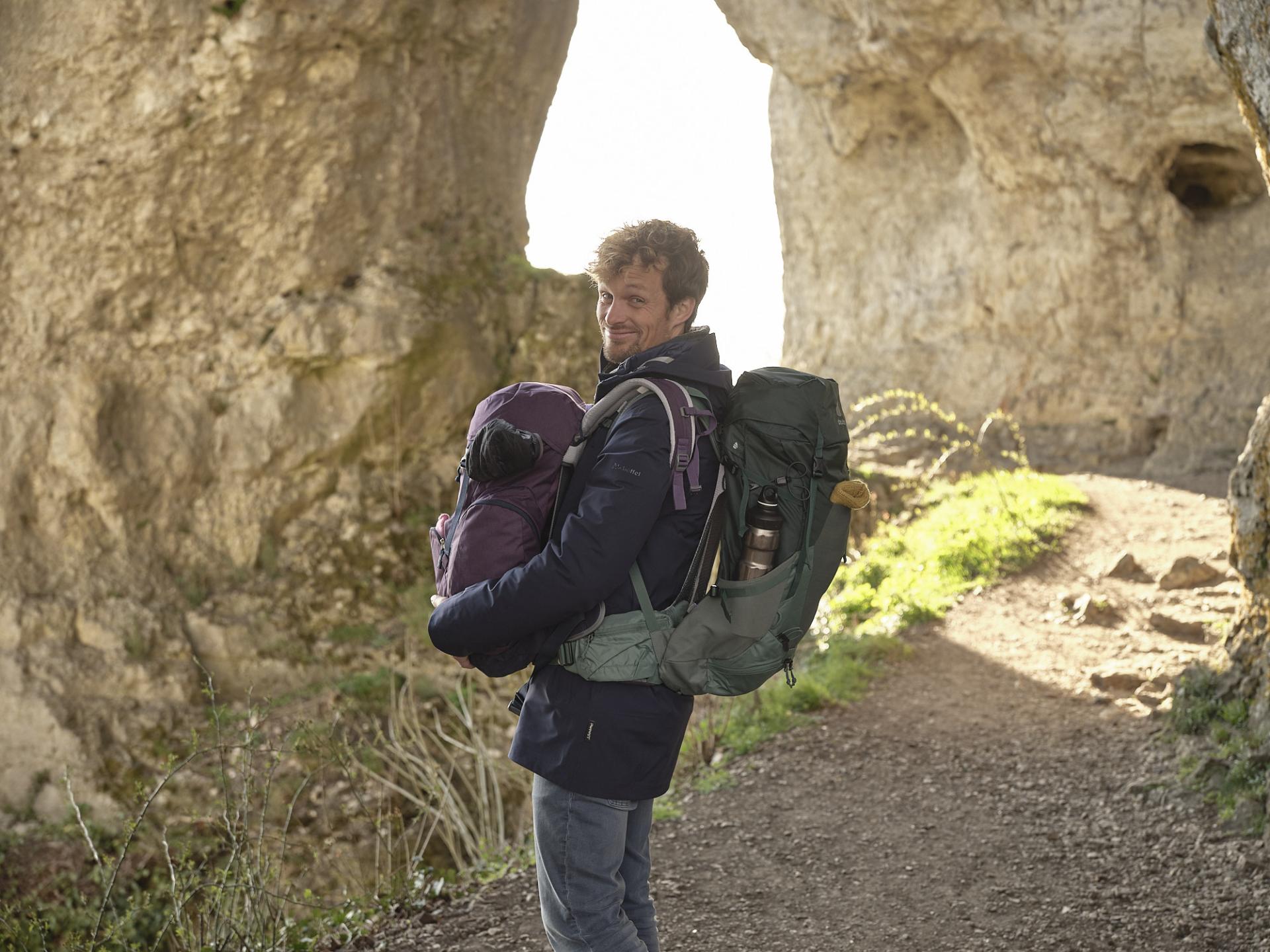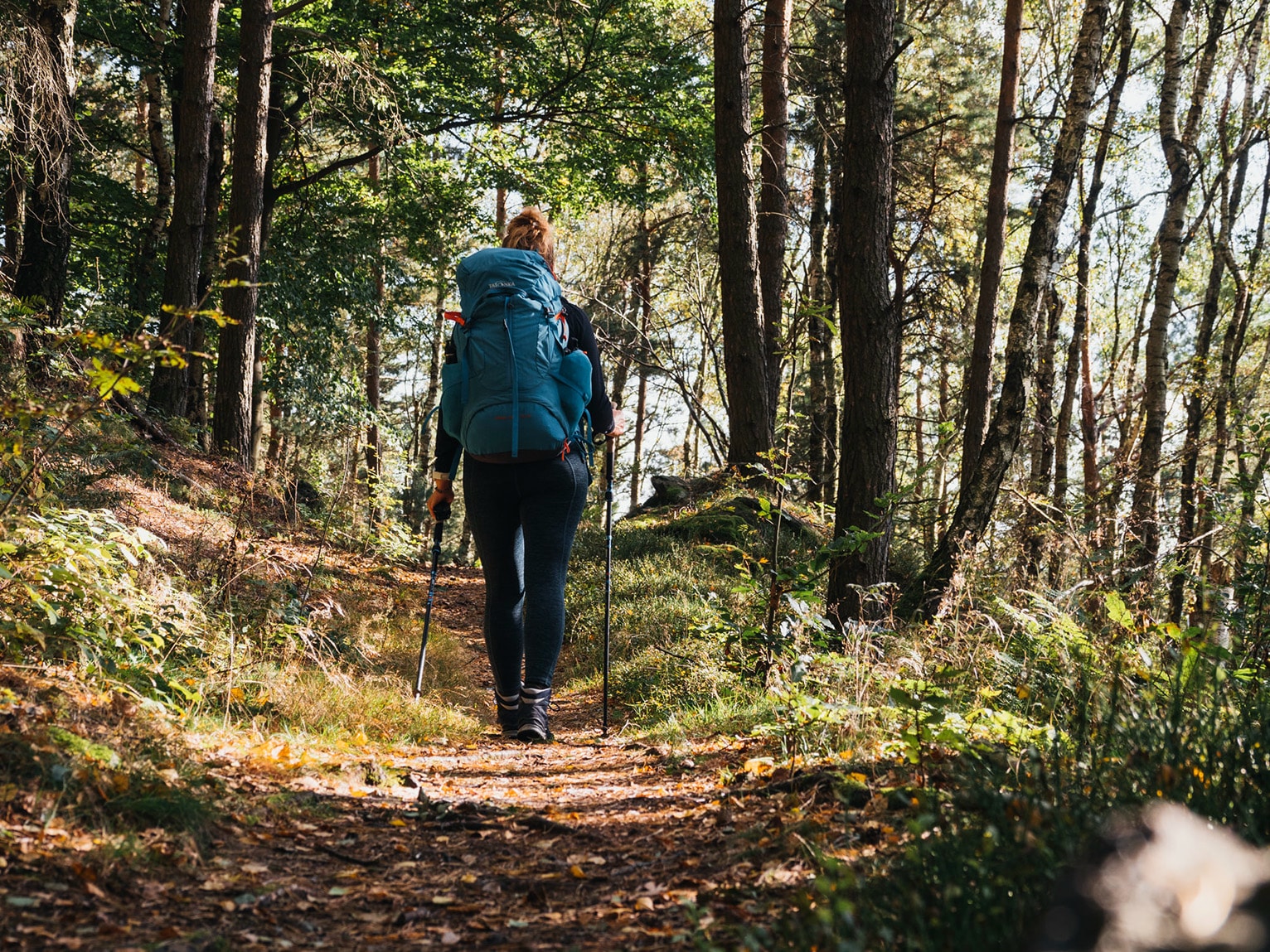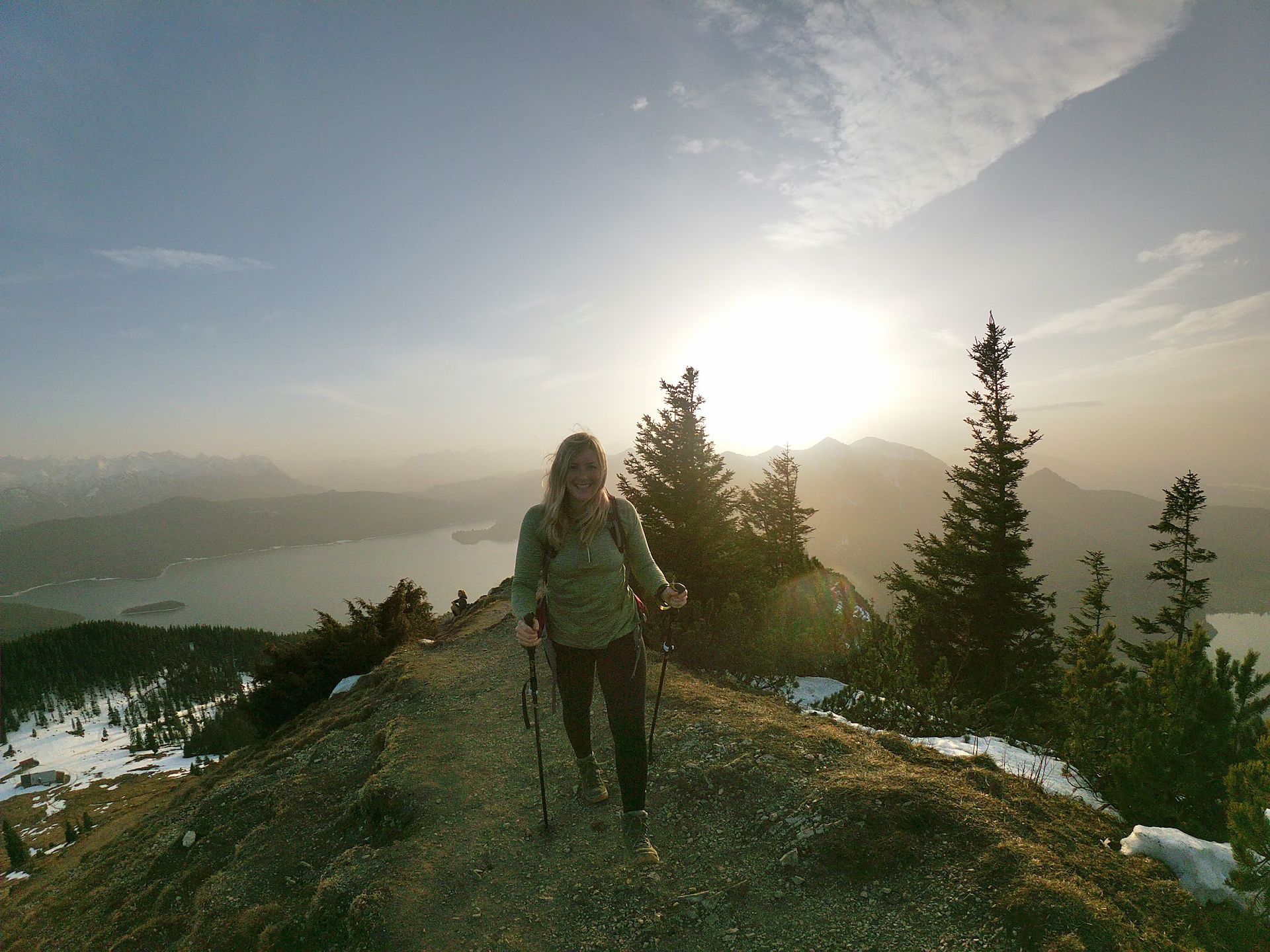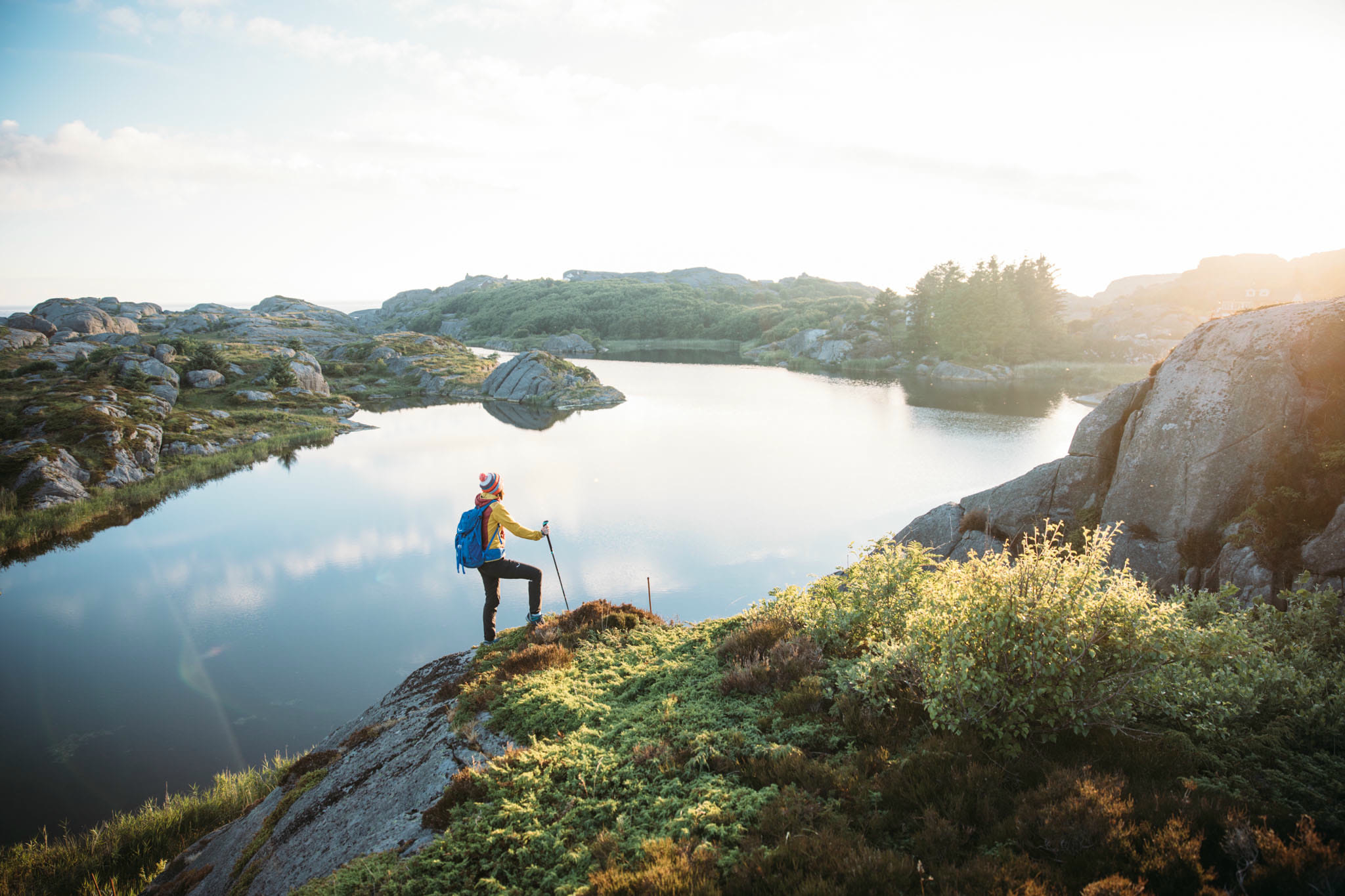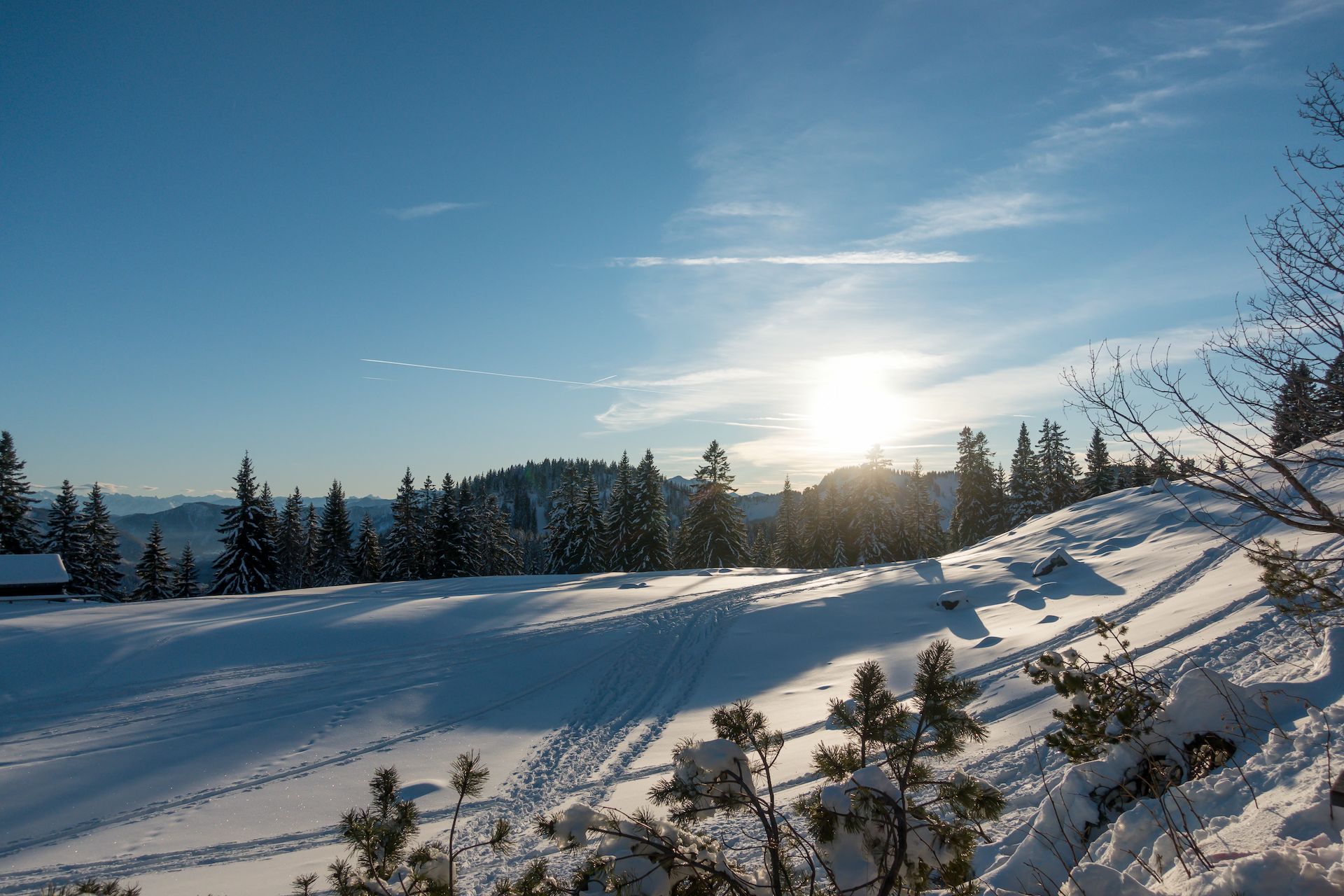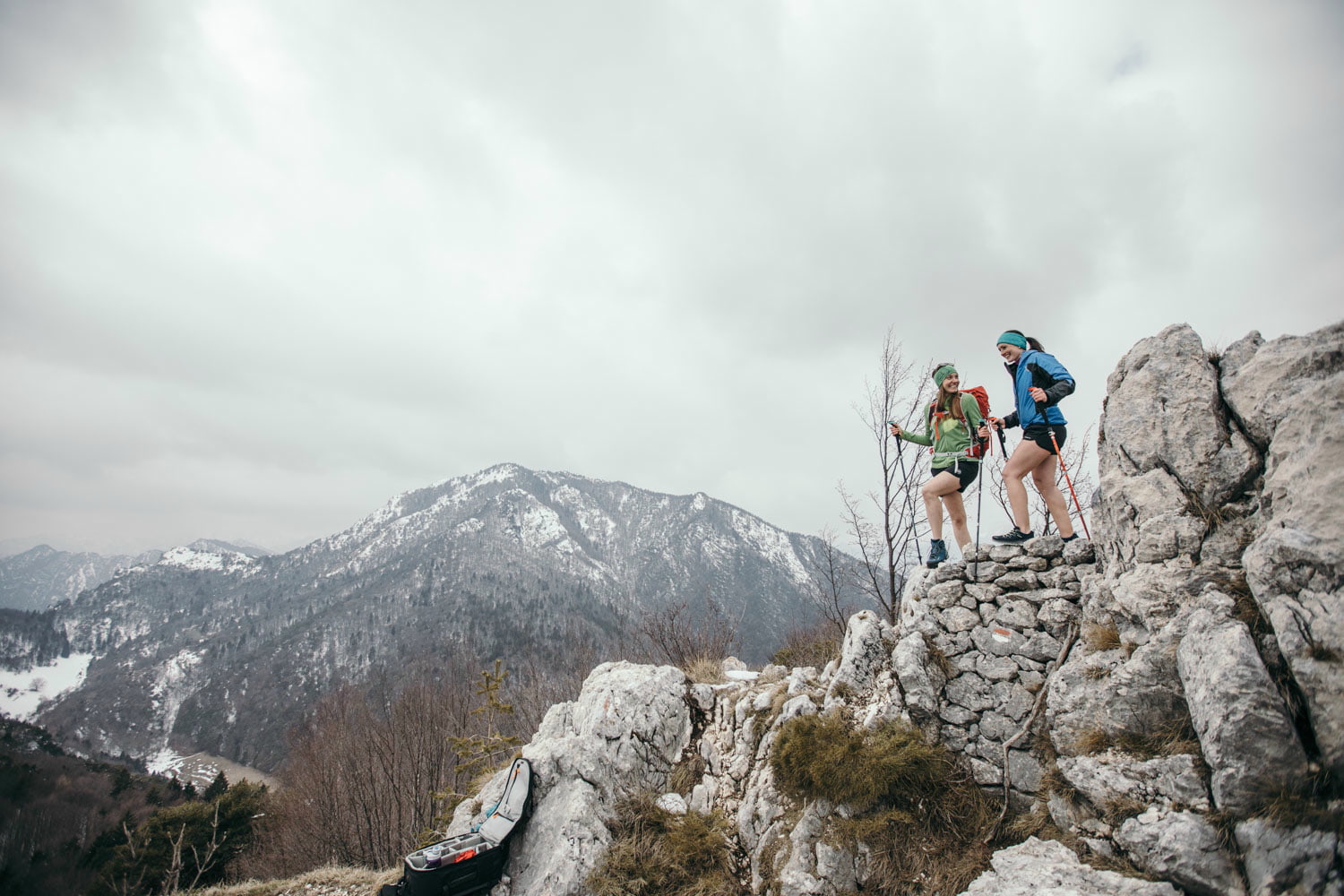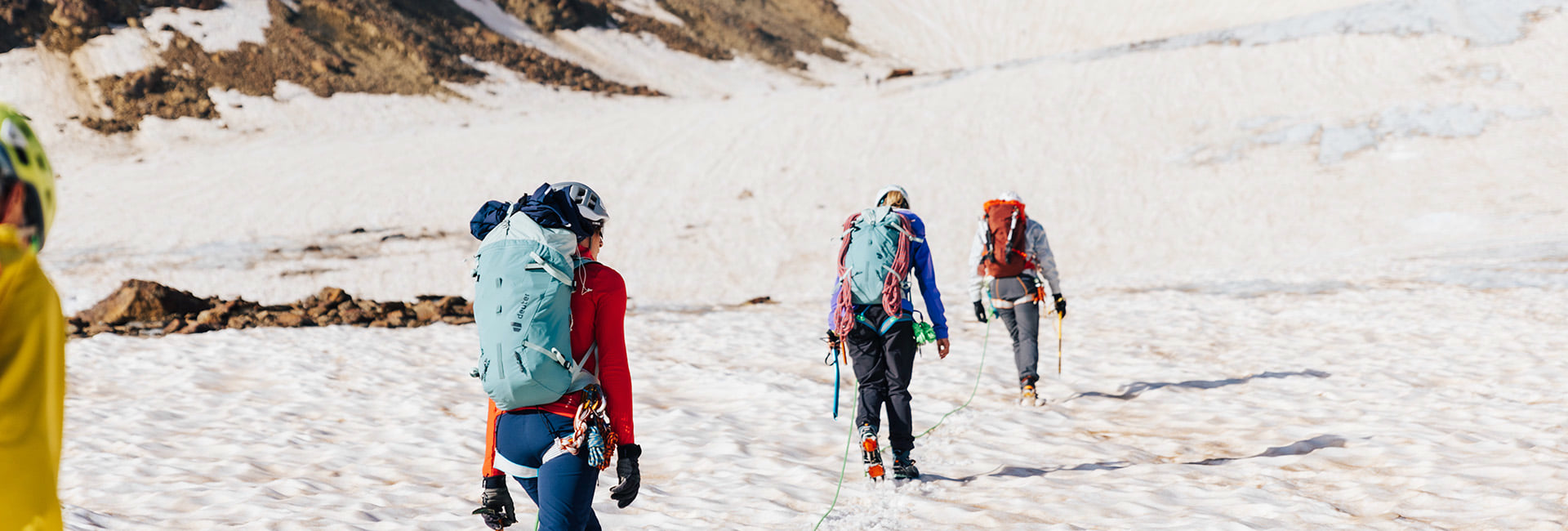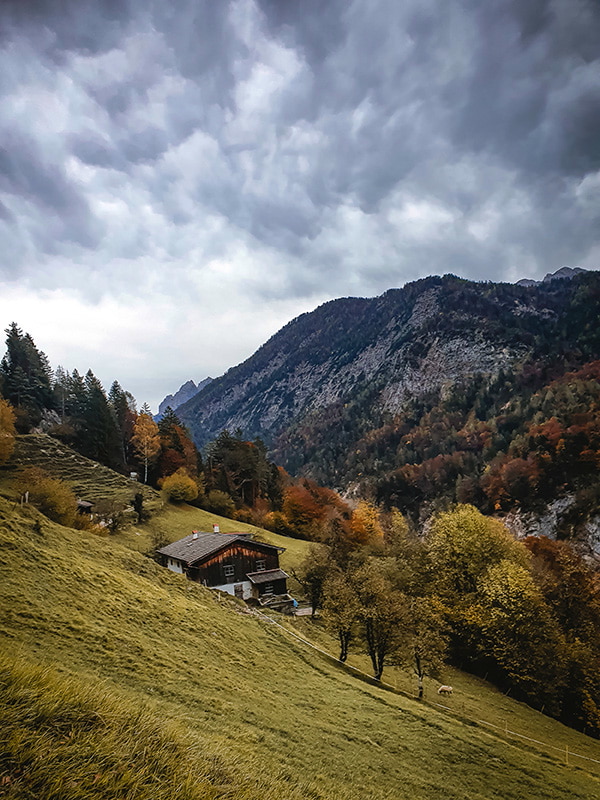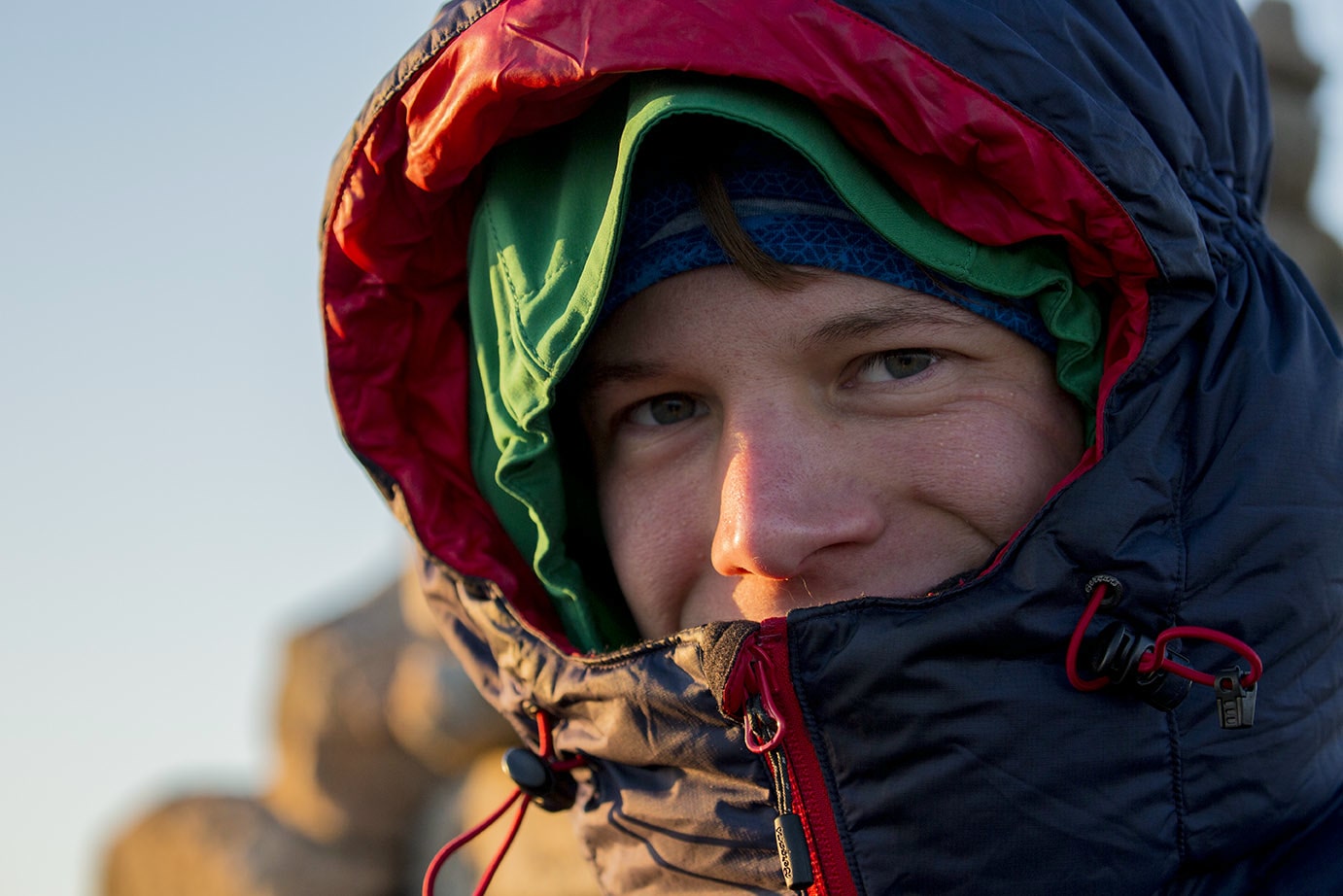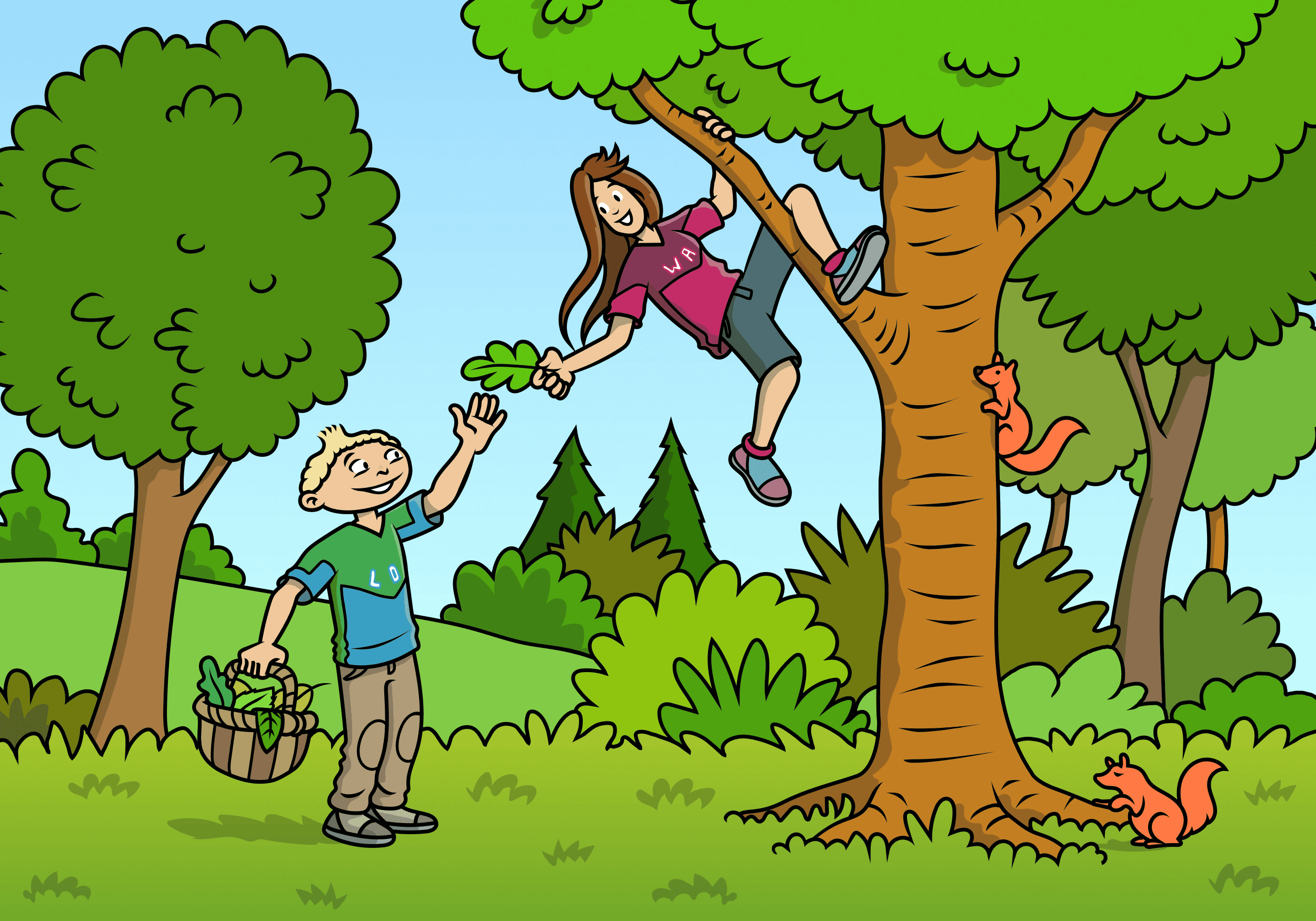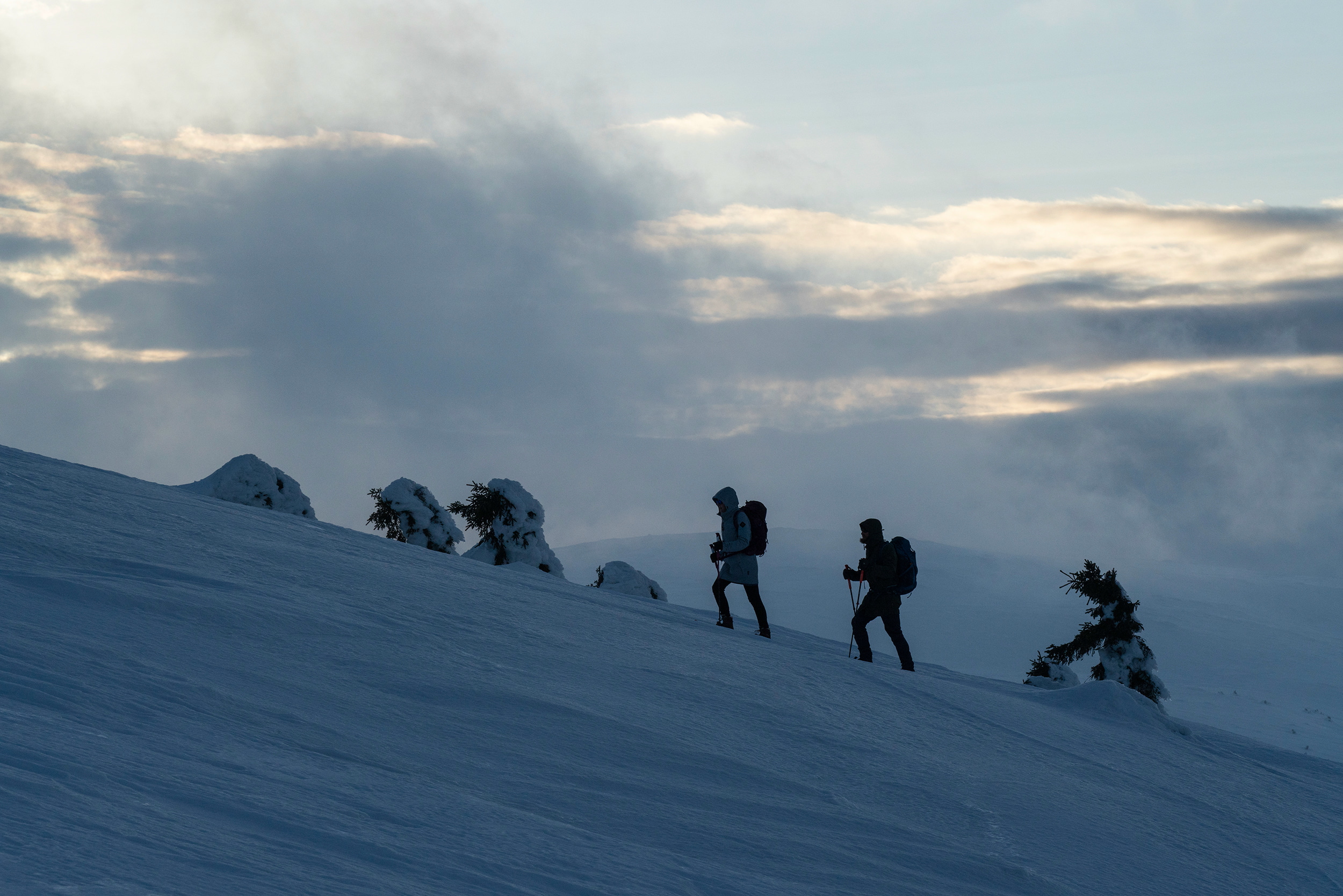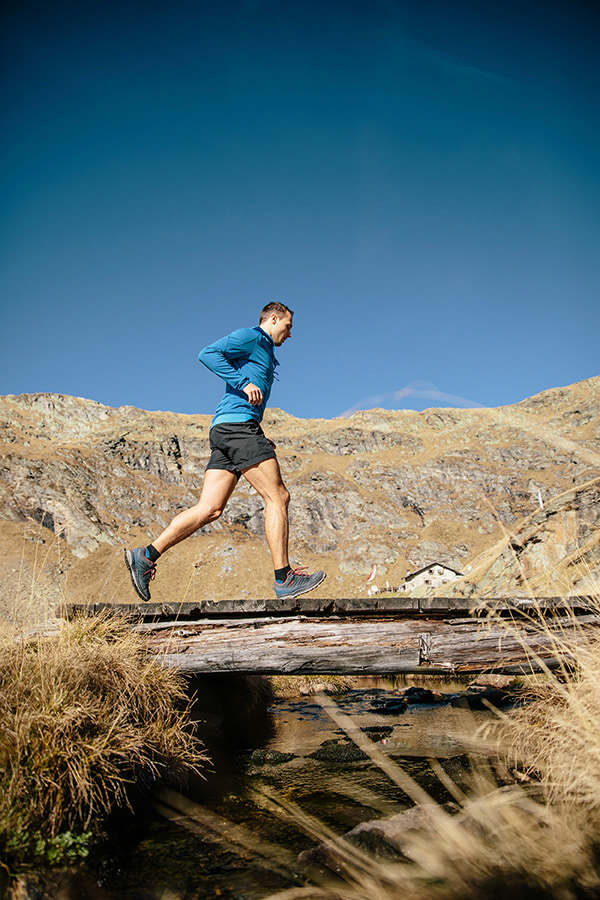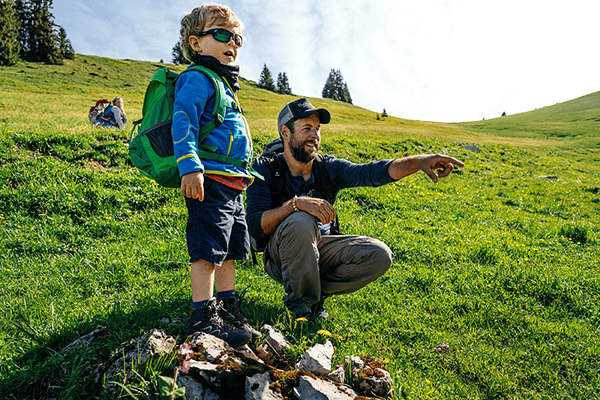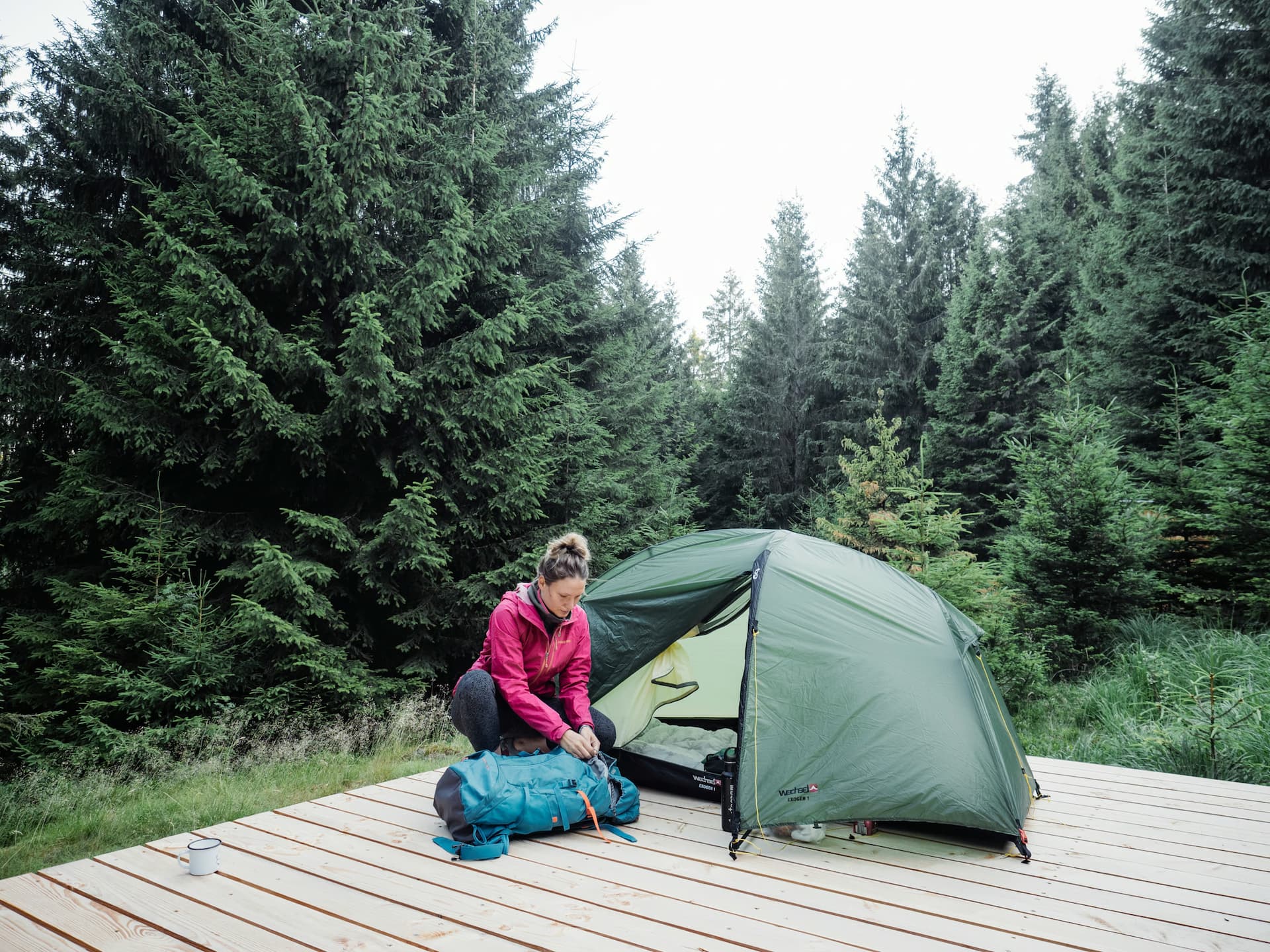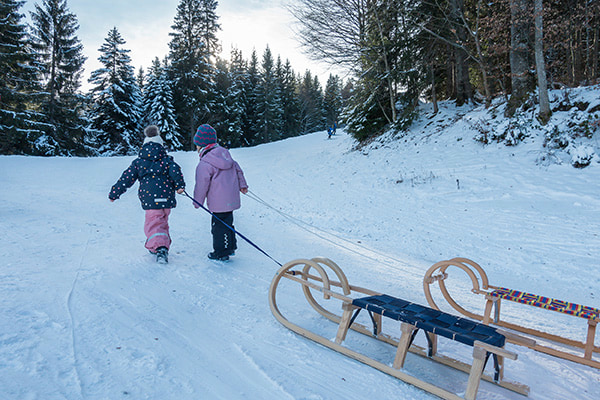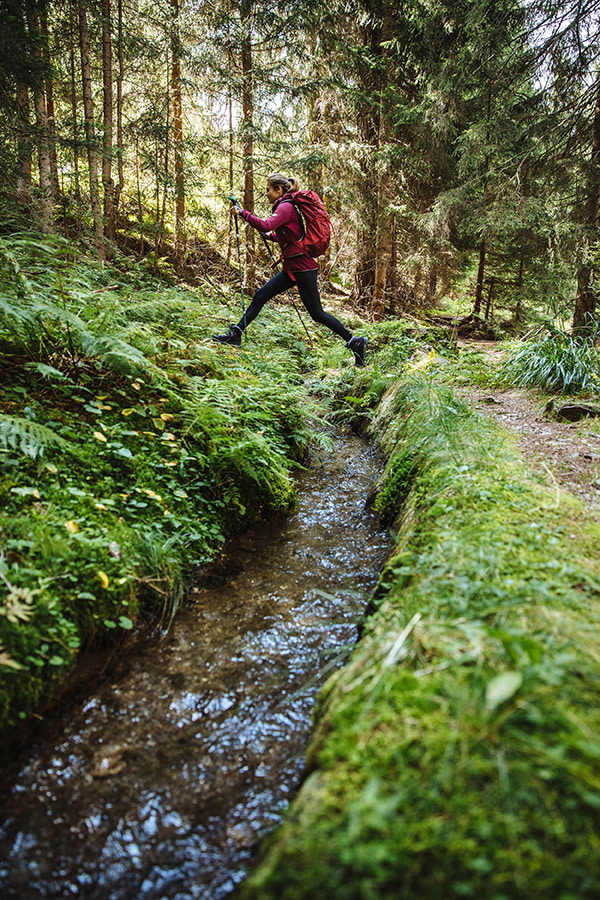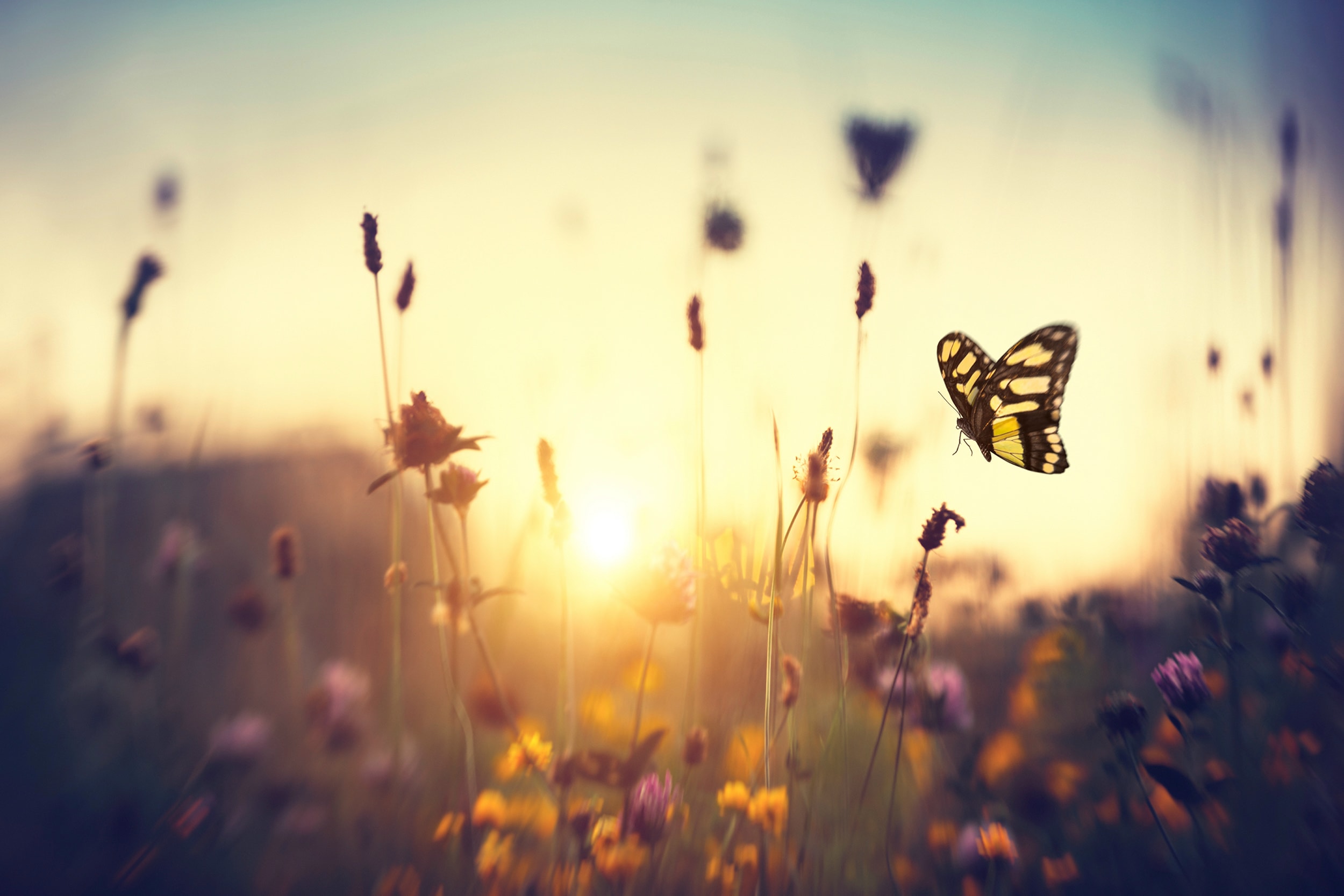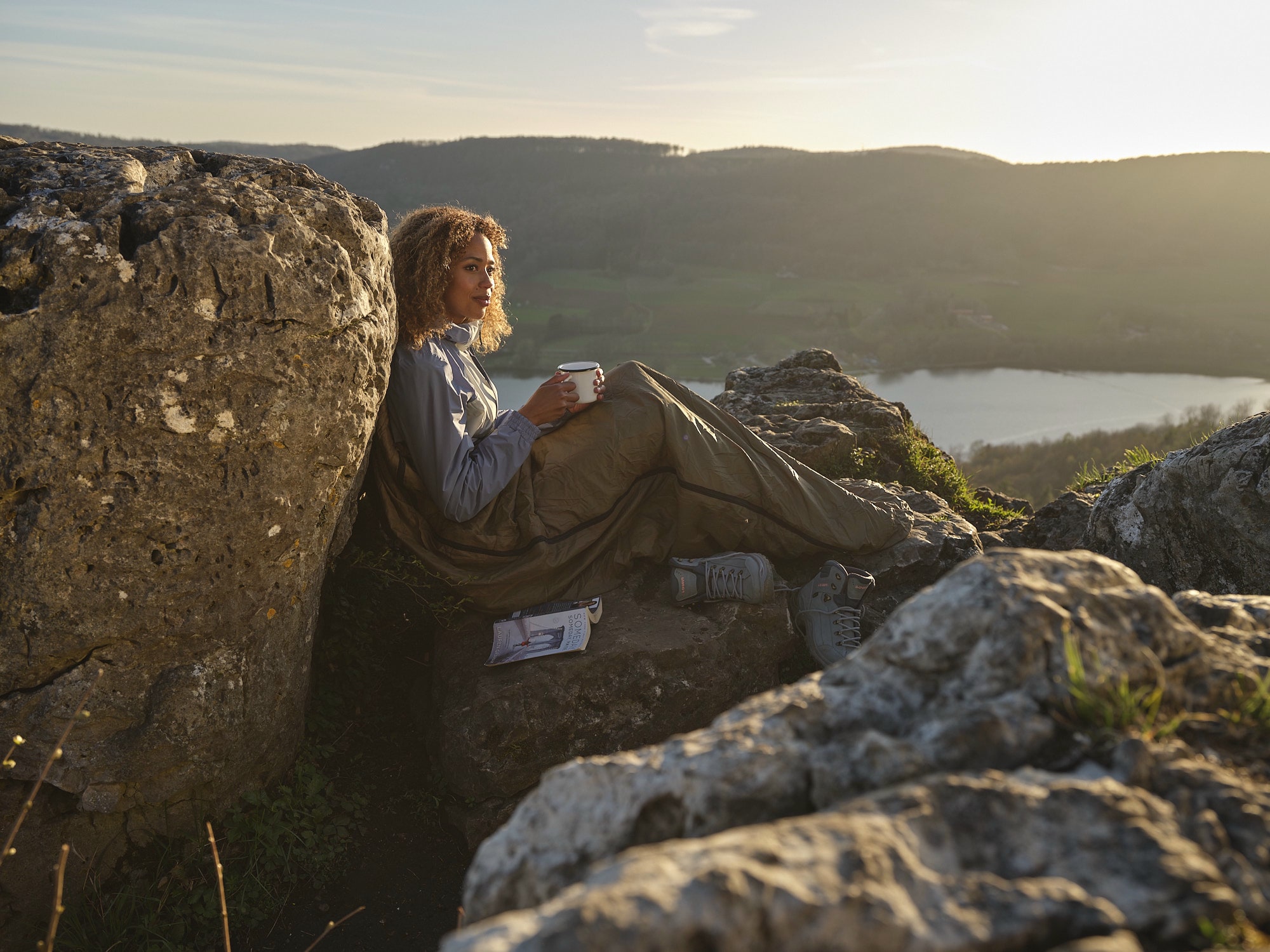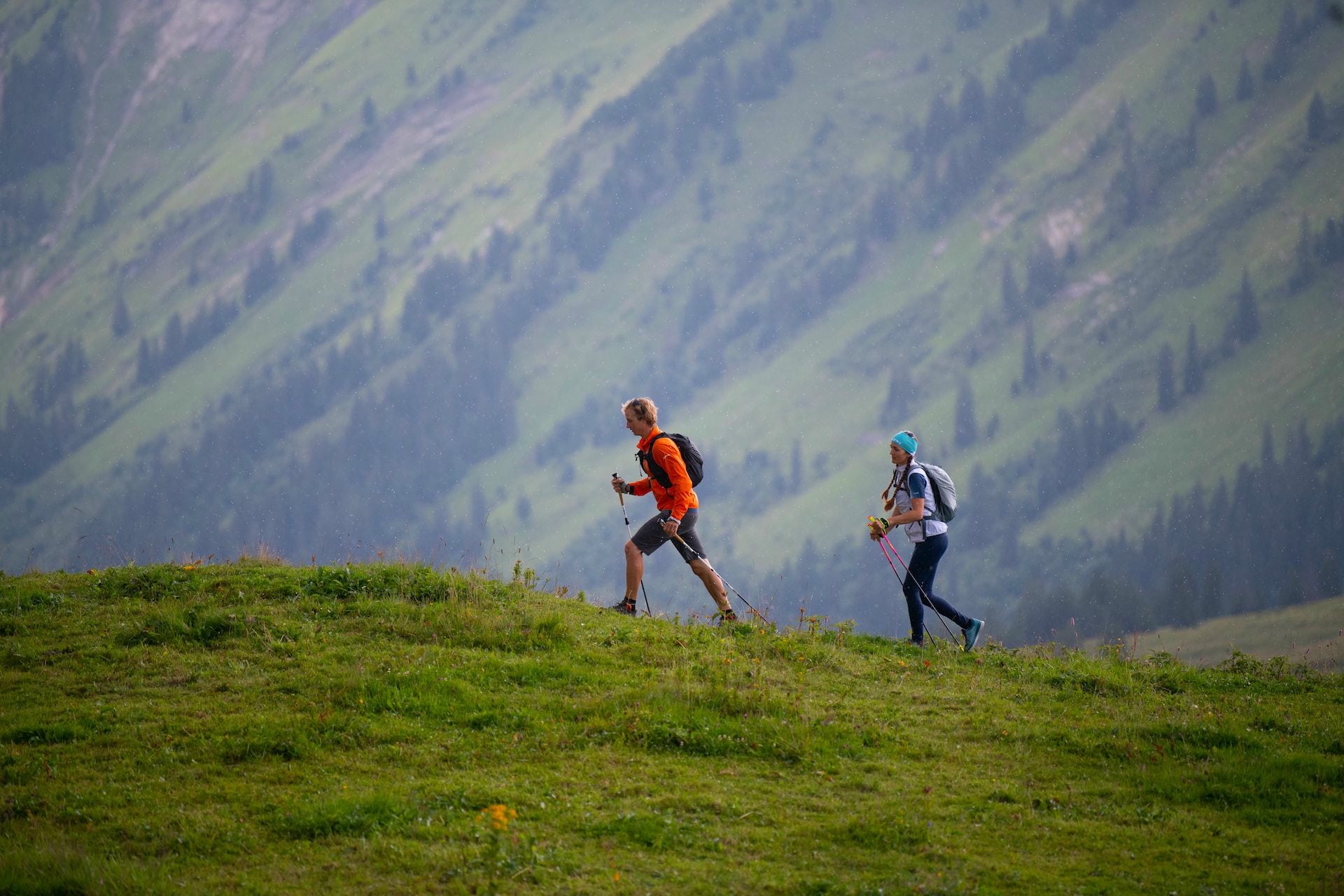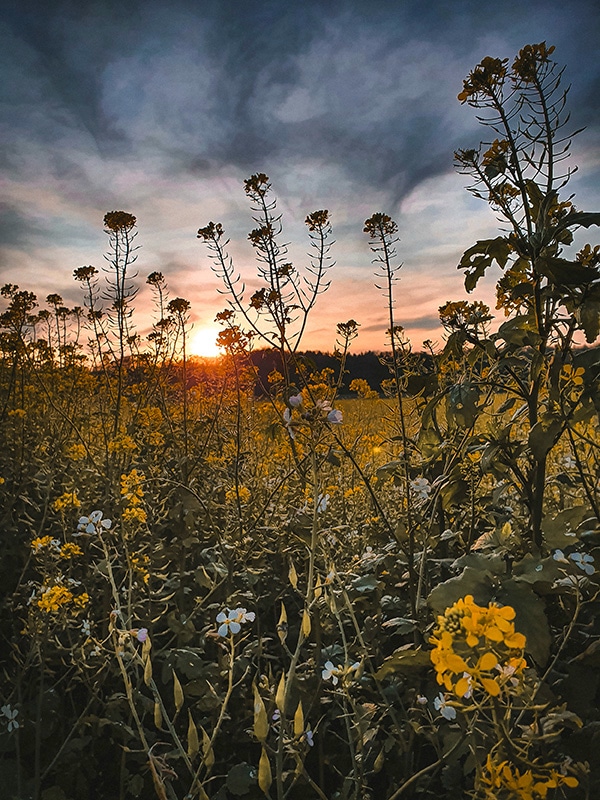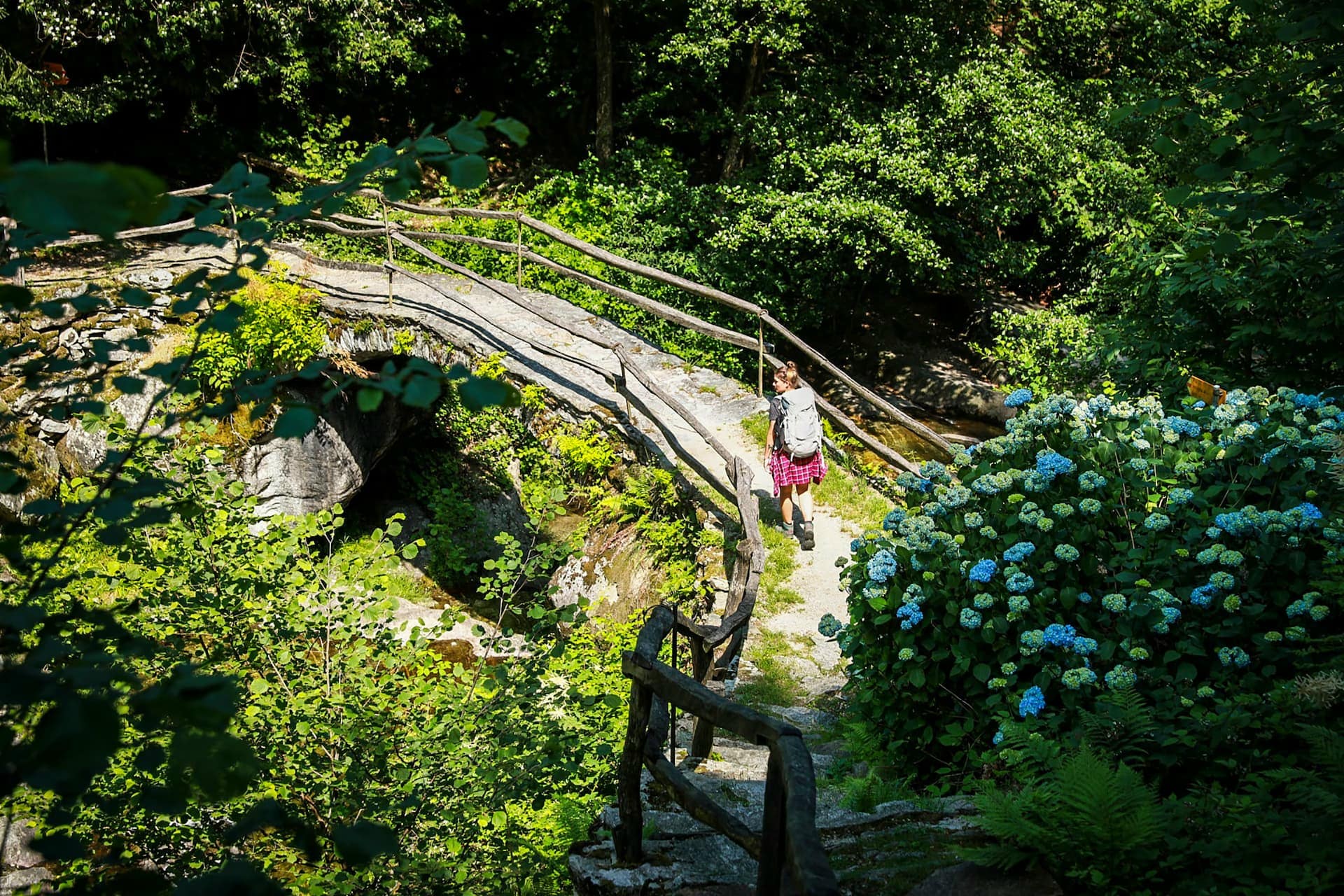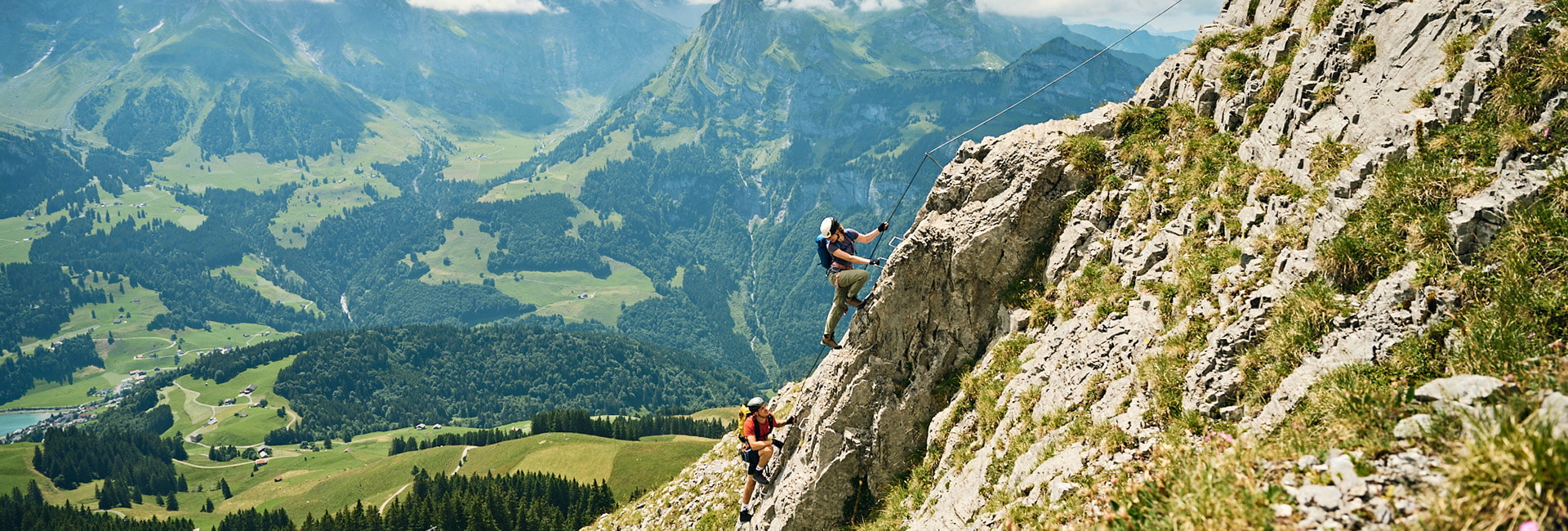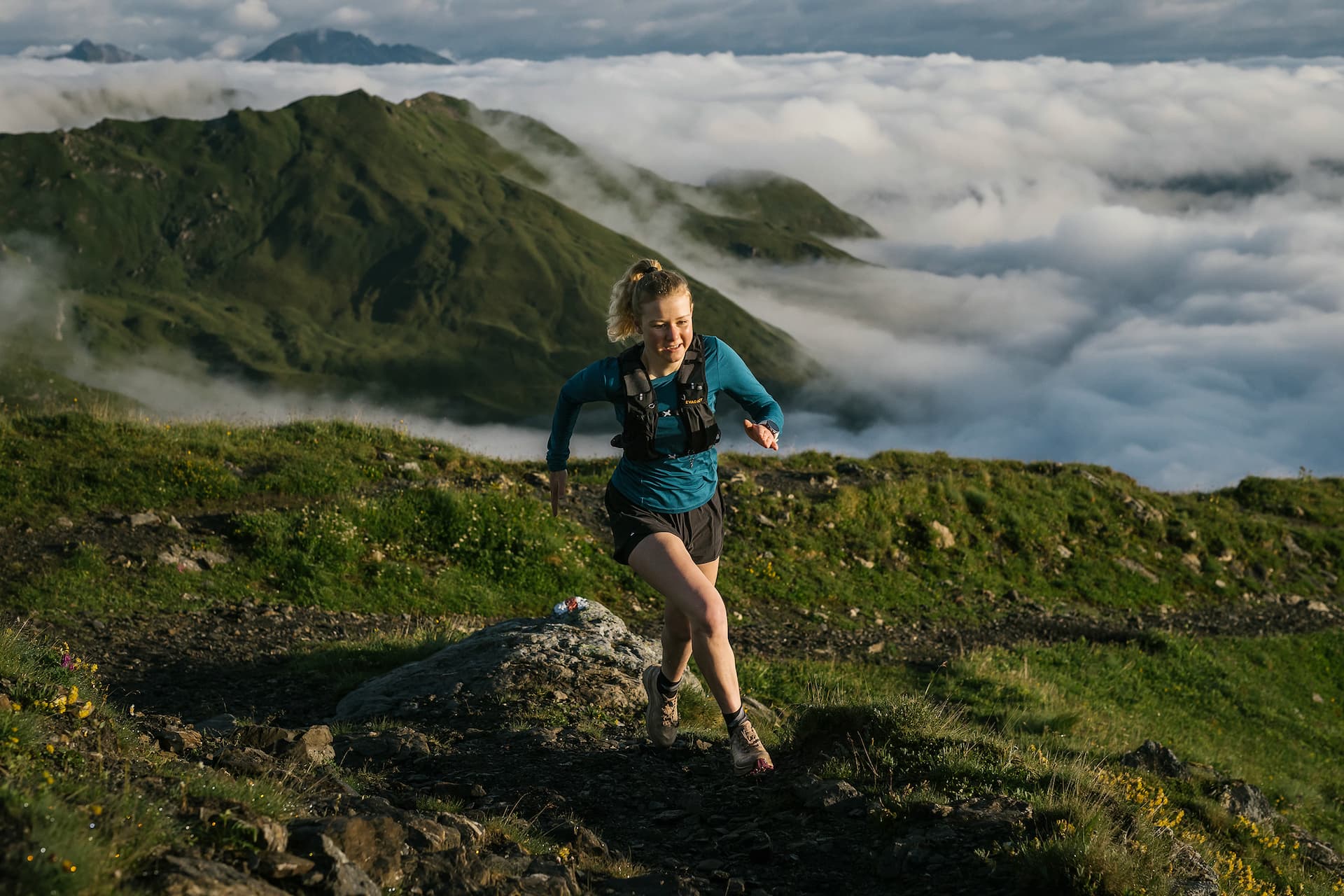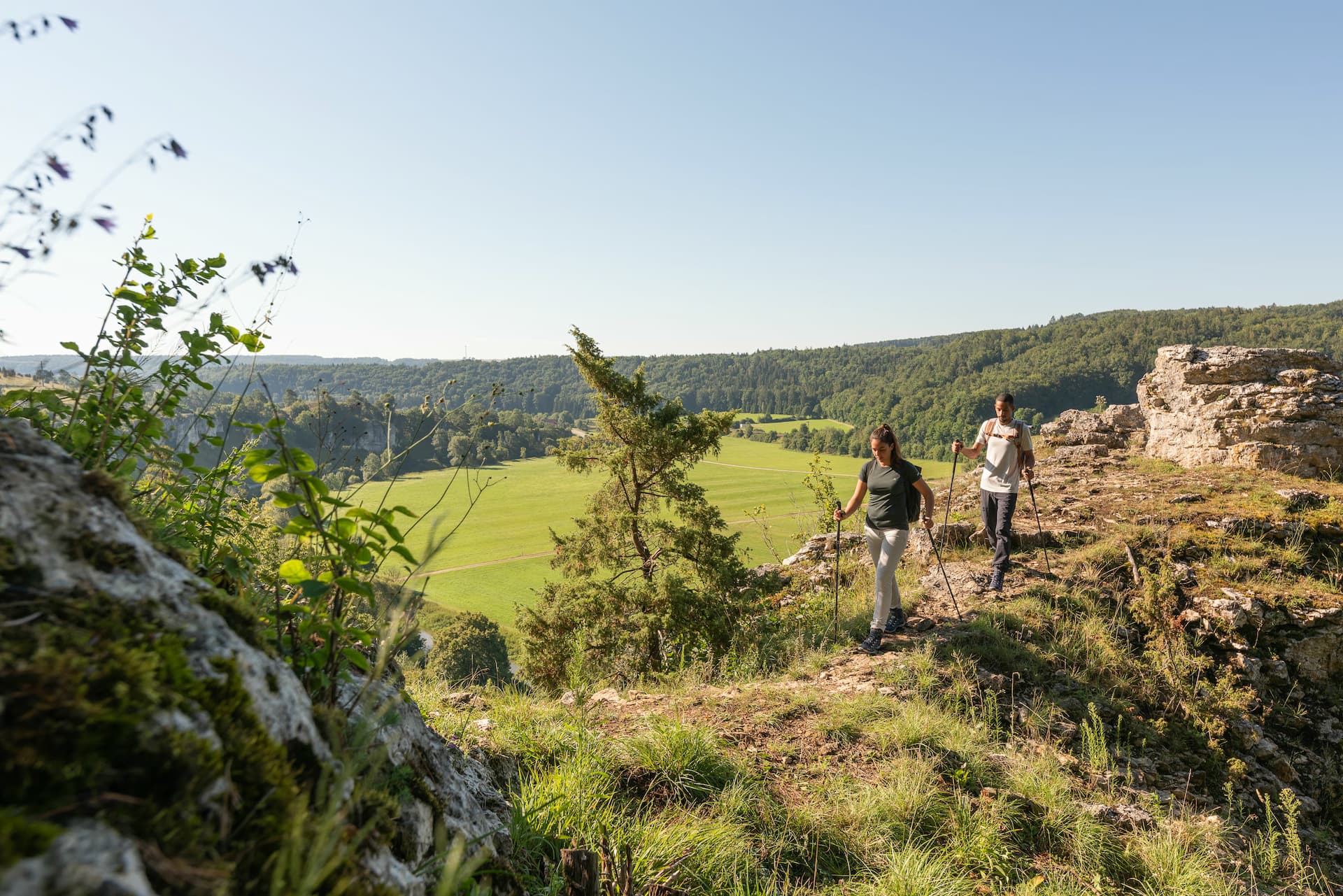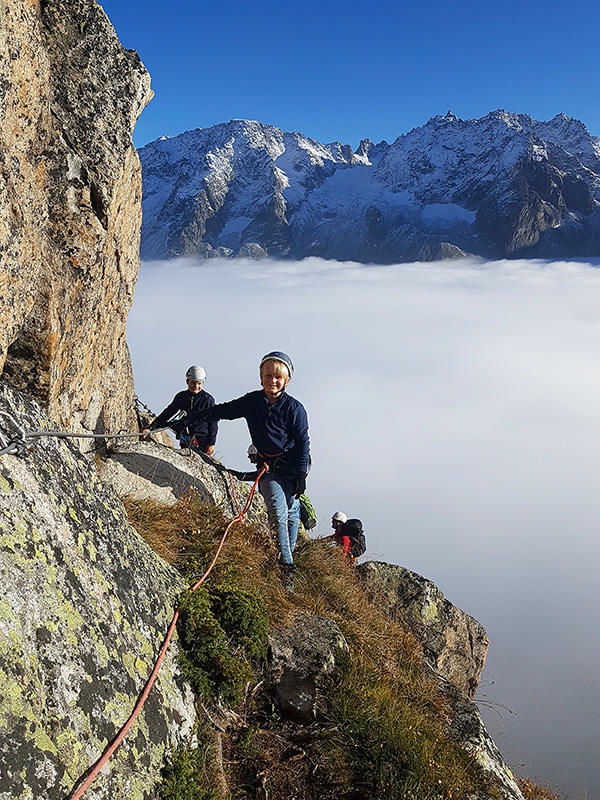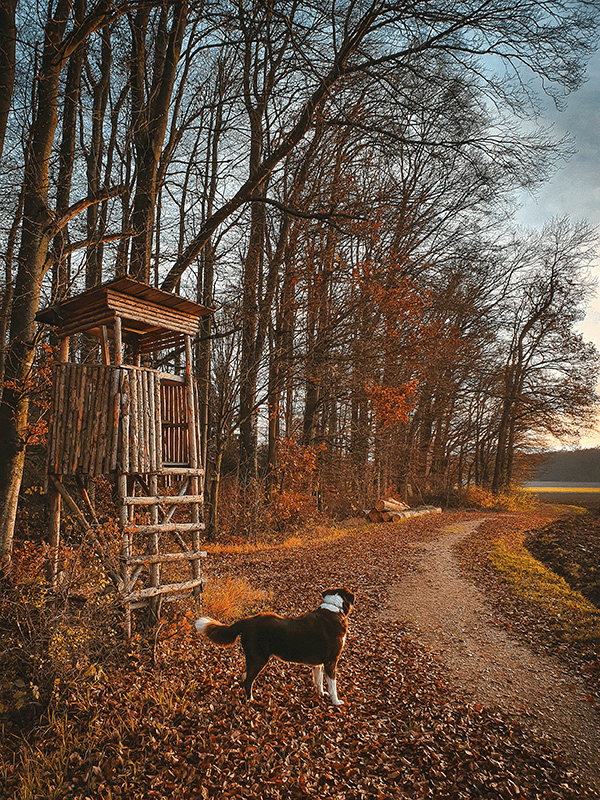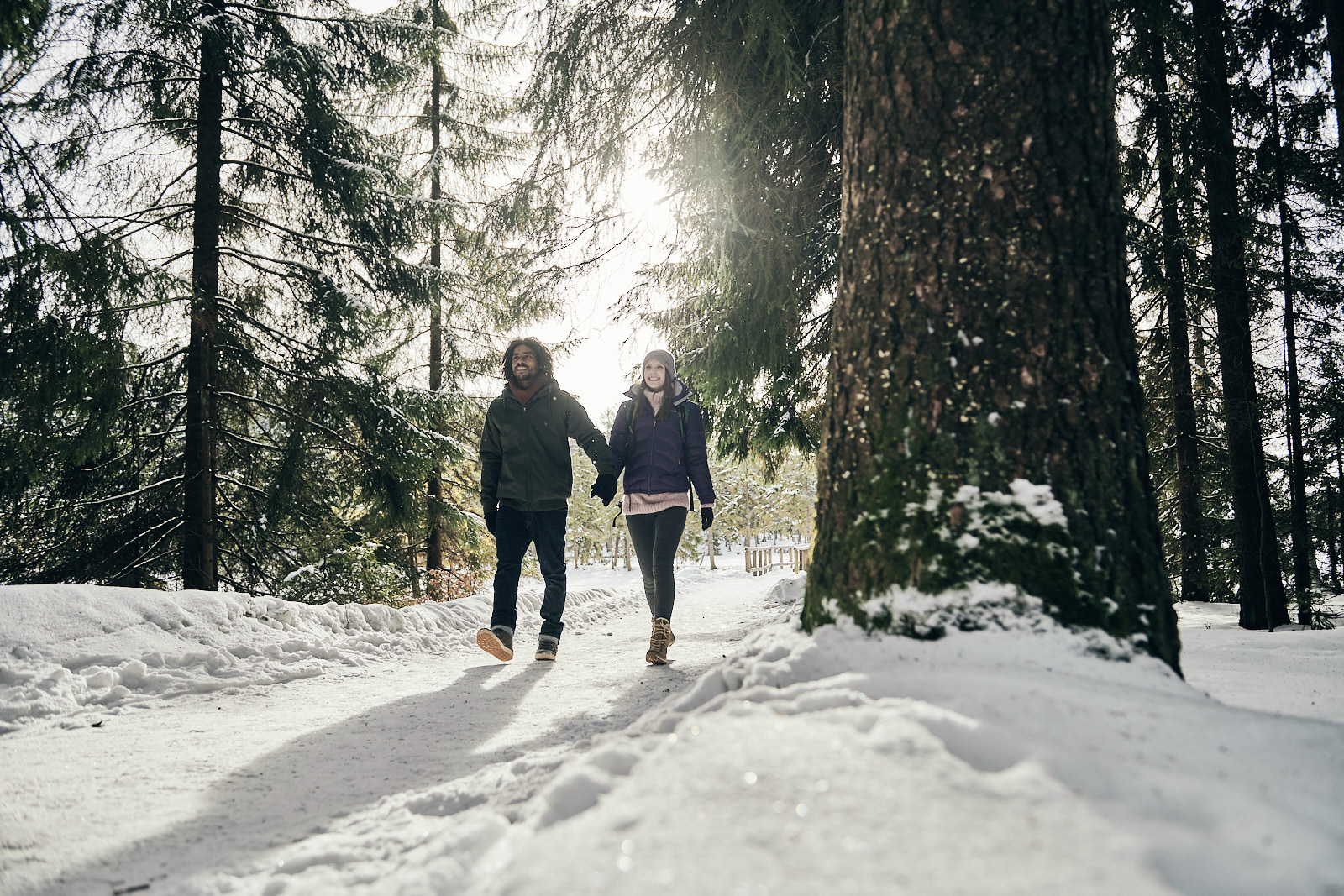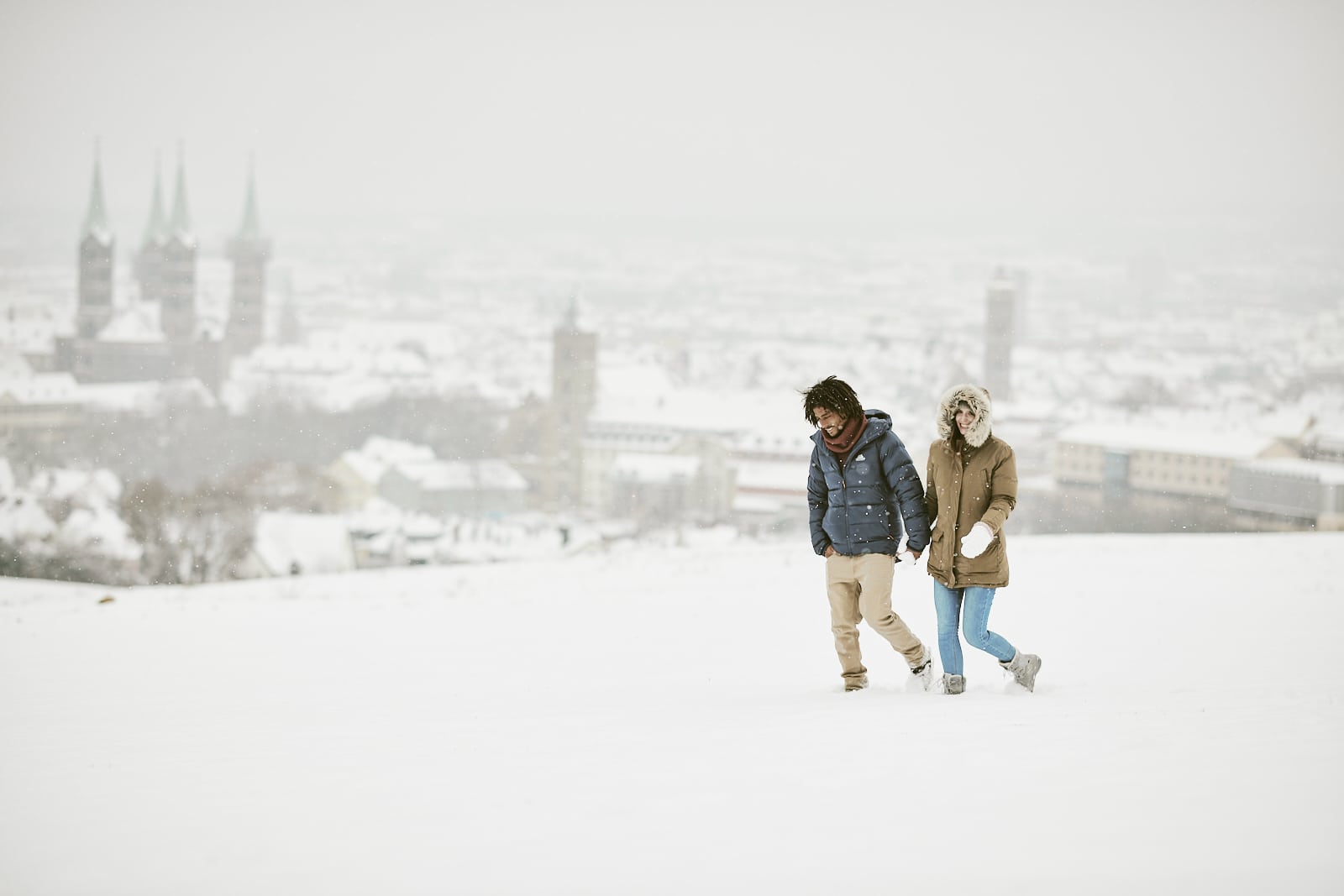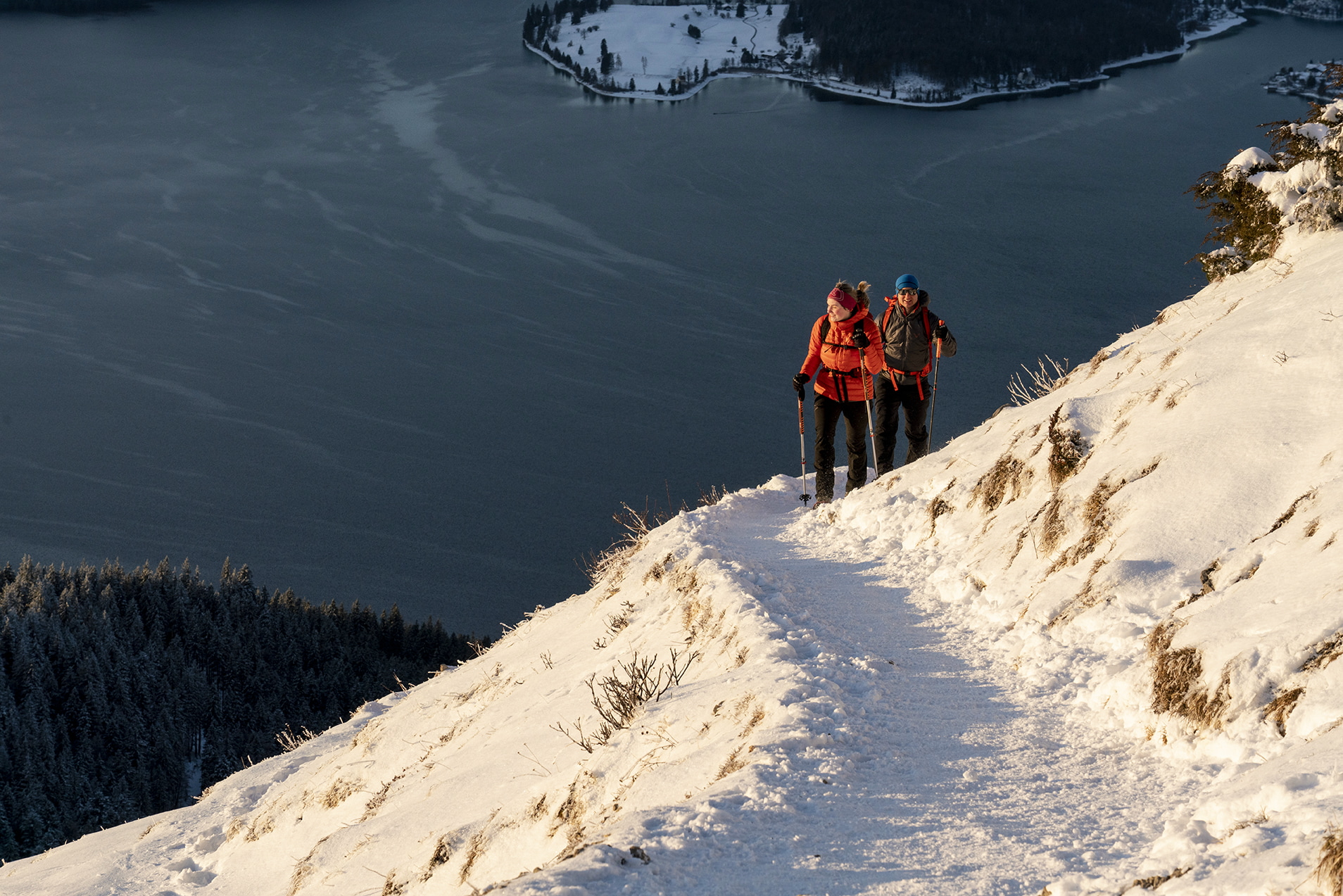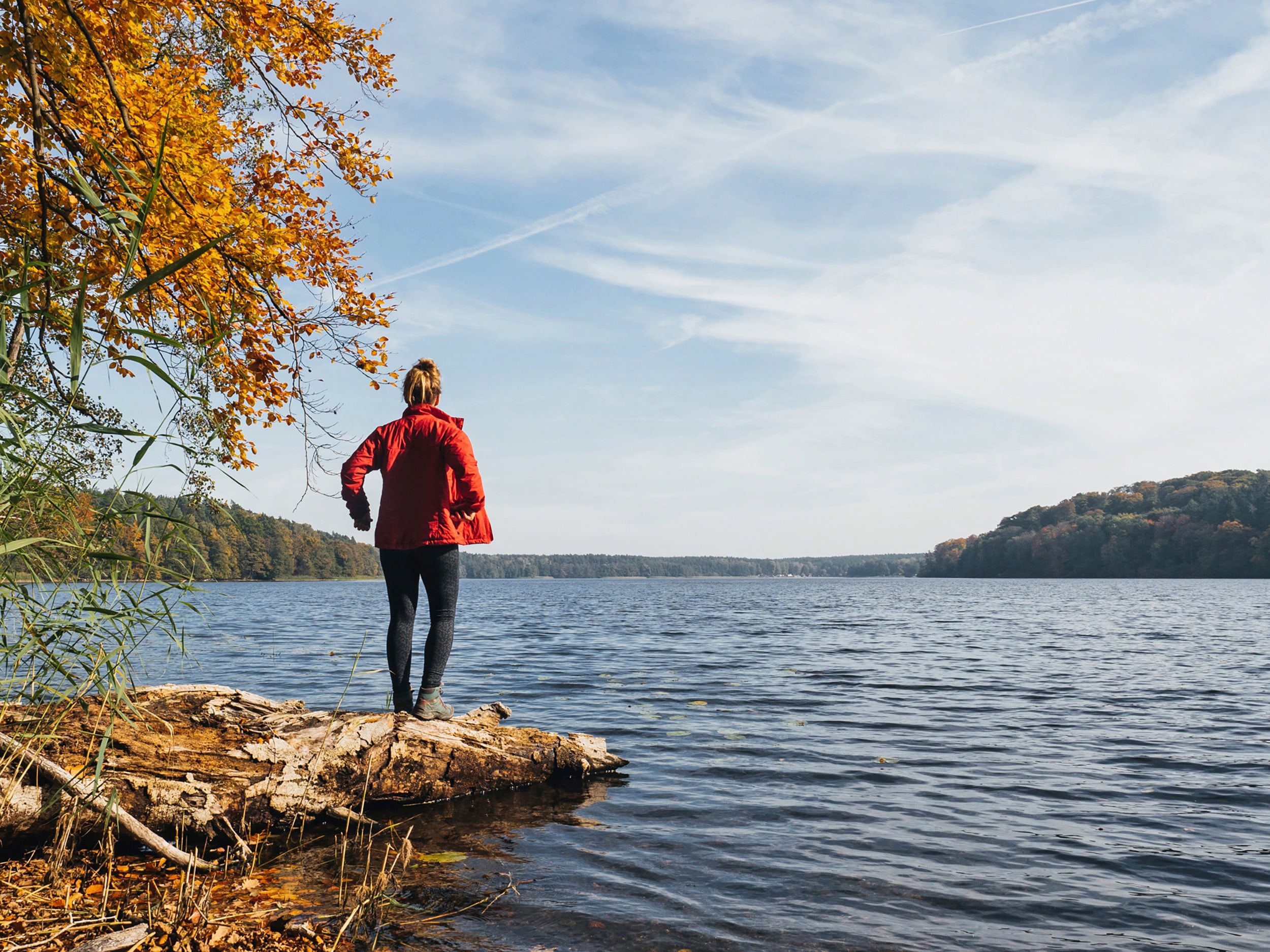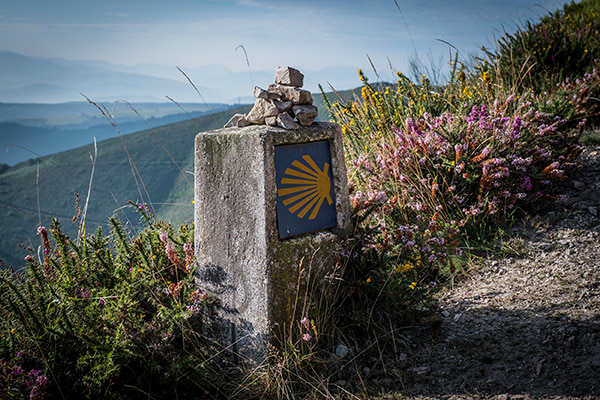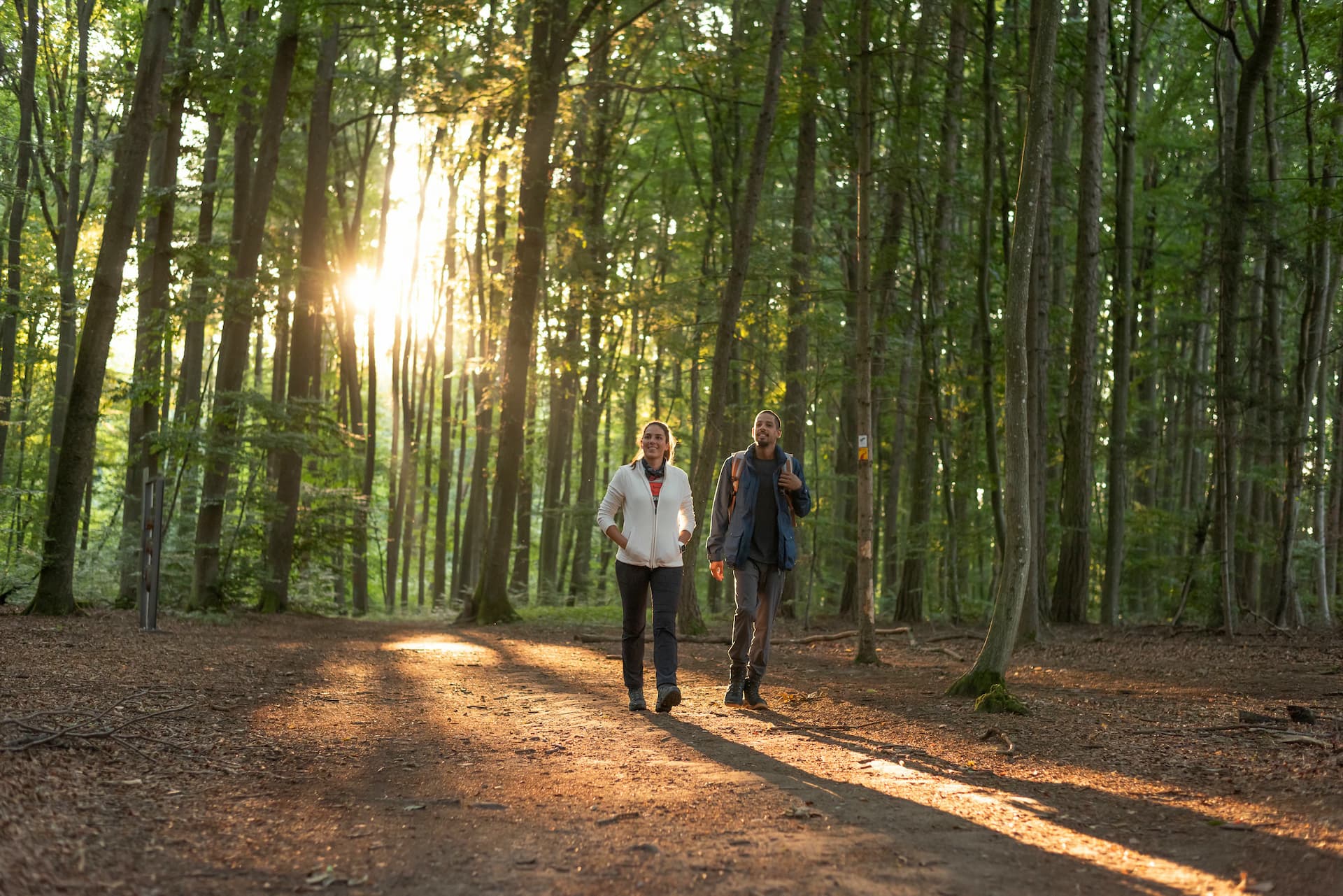Whales off Iceland or bears in Alaska: for many people, encounters with wild animals are among the best moments of a trip. But you don't actually have to leave your home country's borders to do so!
Because even if the fauna in Central Europe may not be quite as impressive at first glance, the animal world in Germany is significantly more diverse than in many other parts of the world. And it can be found everywhere - even in the centre of a big city. For this reason, together with our blog partner Fräulein Draussen, we have summarised some tips for observing wildlife on your own doorstep.
BRING TIME
TAKE ENOUGH TIME TO OBSERVE THE ANIMALS
Of course, you can also run into a fox on a quick jog. However, it will probably run away quickly, so the pleasure will be short-lived. It is better to roam slowly and carefully through nature and sit quietly in one place for a longer period of time. Wild animals are good at hiding until the potential danger - which includes the presence of humans - is averted.
If you remain quiet for a longer period of time, perhaps even camouflaged reasonably well, the animals will, with a bit of luck, come out of hiding again and display natural behaviour. This also gives you the opportunity to scan your surroundings in peace without having to concentrate on walking. As a result, you are sure to discover some forest, field and meadow dwellers that you would otherwise have missed
IN THE RIGHT PLACE AT THE RIGHT TIME
MAKE SURE YOU CHOOSE A SUITABLE TIME FOR YOUR ANIMAL OBSERVATION
If you're not after a particular species of animal, you can actually set off anywhere and at any time, march through the world with your eyes and ears open and wait to see what runs, flies, crawls or swims across your path. In principle, there is always something to discover at any time of day or year and in any place. And perhaps it doesn't always have to be the big animals: Mice, frogs or even ants can be at least as exciting objects of observation.
If you want to track down certain animals, you should first familiarise yourself with their way of life. When are they particularly active? What environment do they live in? Are there any sounds or tracks that can be used to recognise the animal's presence?
In general, it can be said that twilight is a particularly good time to observe many animal species. If only because it is still quiet on the paths and roads. In spring, many wild animals are also busy looking for mates and are therefore particularly active. In addition, the vegetation is not yet as dense at this time, so fur and feathers are less well hidden.
BINOCULARS AND CAMERA
THINK OF SUITABLE AIDS FOR YOUR ANIMAL OBSERVATION
If you encounter wild animals often, you will quickly develop the desire to get even closer to them. However, because the comfort zone of most animals is larger than our eyesight, we need aids to help us do this.
Binoculars with 8x and 10x magnification are best for general observations, although you need to hold one with 10x magnification much more steadily. It also makes sense to choose a rather compact pair of binoculars that you can always have with you without having to think too much about it. After all, wildlife spotting is very often like many other things in life: the best thing often comes when you don't expect it.
If you just want to take a souvenir photo, you can use a special adapter to connect your smartphone to the binoculars and take zoom shots. Of course, really good photos can only be taken with a camera and a lens with a focal length of at least 300 mm - a comparatively expensive affair, but one that can be a lot of fun. In addition to the technology, basic knowledge of topics such as aperture, shutter speed and focus is essential for wildlife photography.
USE ALL SENSES
BE AWARE OF YOUR SURROUNDINGS
When it comes to sensory perception, unlike many animal species, we humans are primarily focussed on our eyes. So much so that our hearing and sense of smell literally atrophy if we don't train them properly. But the latter is definitely possible! And hearing in particular can be a useful aid when tracking wild animals. To practise, you can, for example, sit in nature for a few minutes with your eyes closed and count how many different sounds you hear. That way, the next time you go for a walk in the woods, the quiet beeping in the bushes or the crackling in the undergrowth will soon no longer pass you by unheard.
ON A CITY SAFARI
PAY ATTENTION TO WHERE YOU DO YOUR ANIMAL WATCHING
It is not nature reserves or national parks that are among the most species-rich areas in Germany, but large cities!
In other words, the very places that are not really associated with wild nature. However, many animals find conditions there that they lack in cultivated landscapes characterised by agriculture and forestry: Varied breeding and nesting opportunities and a variety of food sources.
Other animal species, on the other hand, have actively utilised the advantages of the city, for example by discovering waste as a source of food. And the less meticulously maintained and renovated a city is, the greater the biodiversity. This is because old house facades and untrimmed hedges, for example, are particularly good places to live.
If you walk through the city with open eyes, you can discover a lot: from dippers to raccoons, from bats to foxes. Especially as city animals are used to people and are therefore less shy than their counterparts beyond the city limits.
RESPONSIBLE ANIMAL WATCHING
PAY ATTENTION TO THE PROTECTION OF ANIMALS AND NATURE
When observing and photographing wild animals, the protection of animals and nature should always come first.
This means, for example, not leaving paths and observing protected zones. There are also times when animals are particularly susceptible to disturbance. In winter, for example, when every escape means unnecessary energy consumption. Or during the breeding season, when, in the worst case, animals can even abandon their offspring due to a disturbance. Attracting animals with food is also an absolute no-go. This also applies to ducks and other waterfowl in parks and gardens! One exception is the appropriate feeding of songbirds, which is particularly useful in winter, but also all year round according to many experts.
